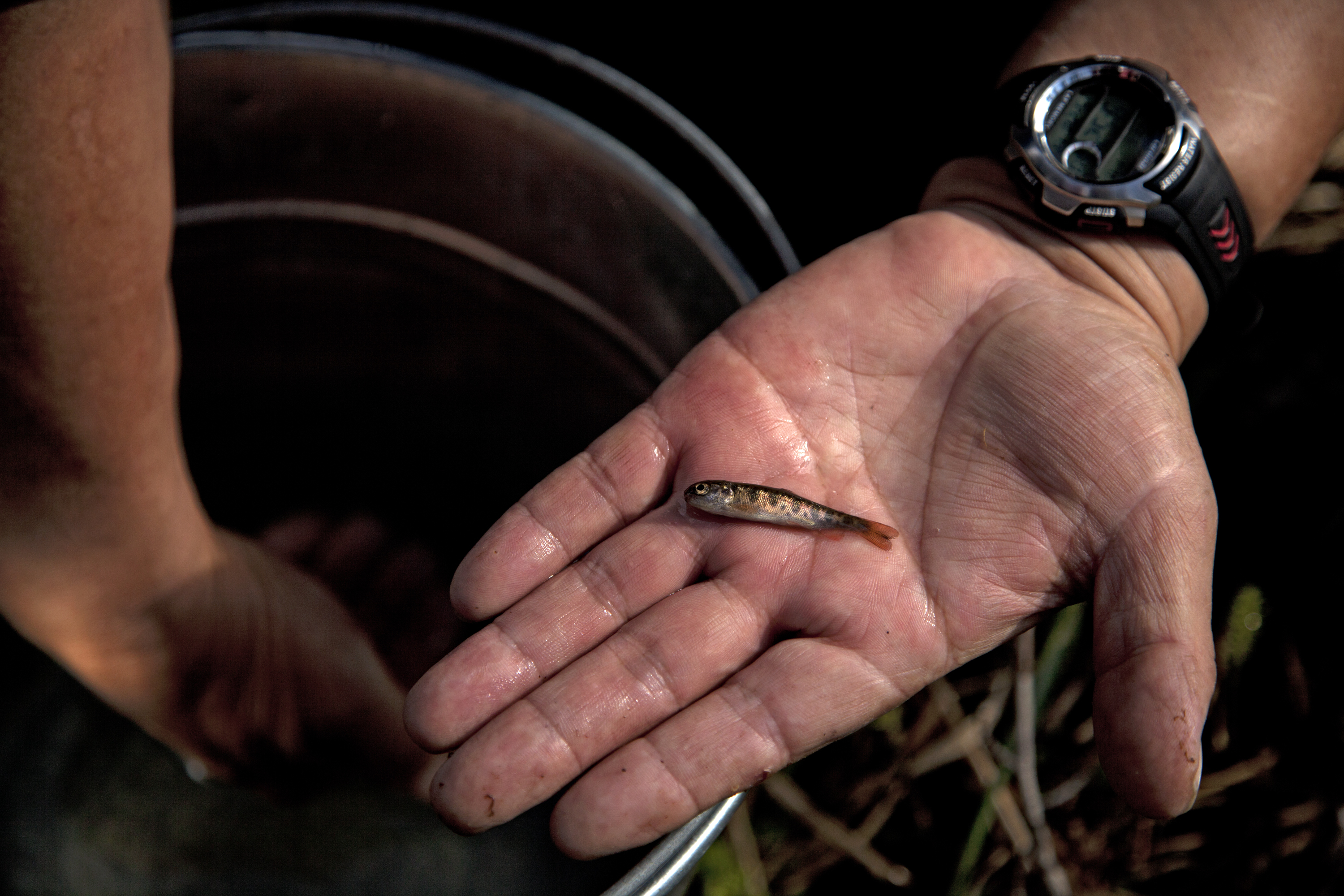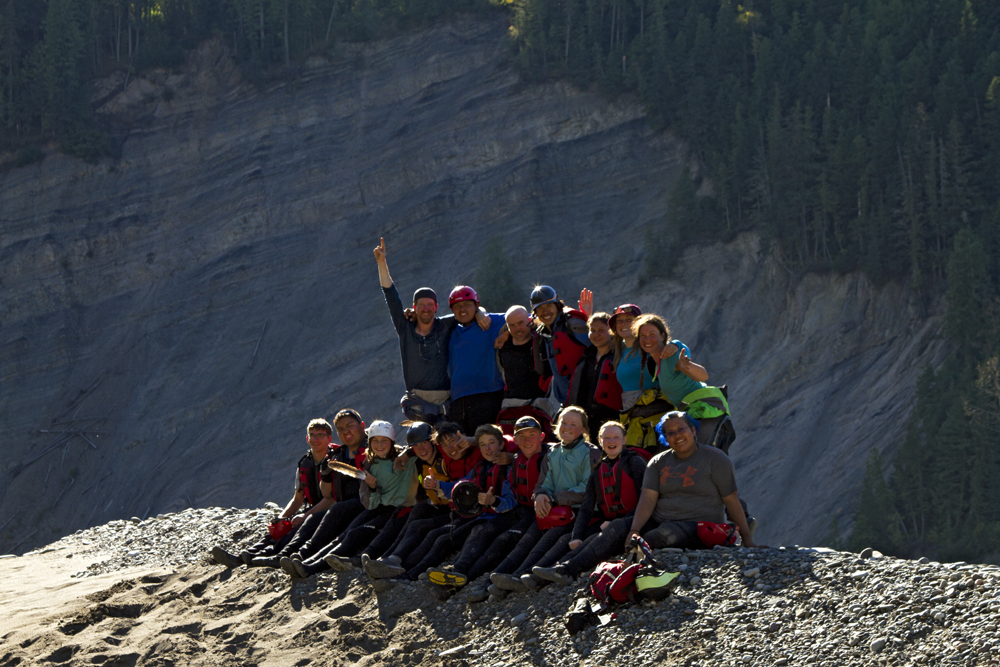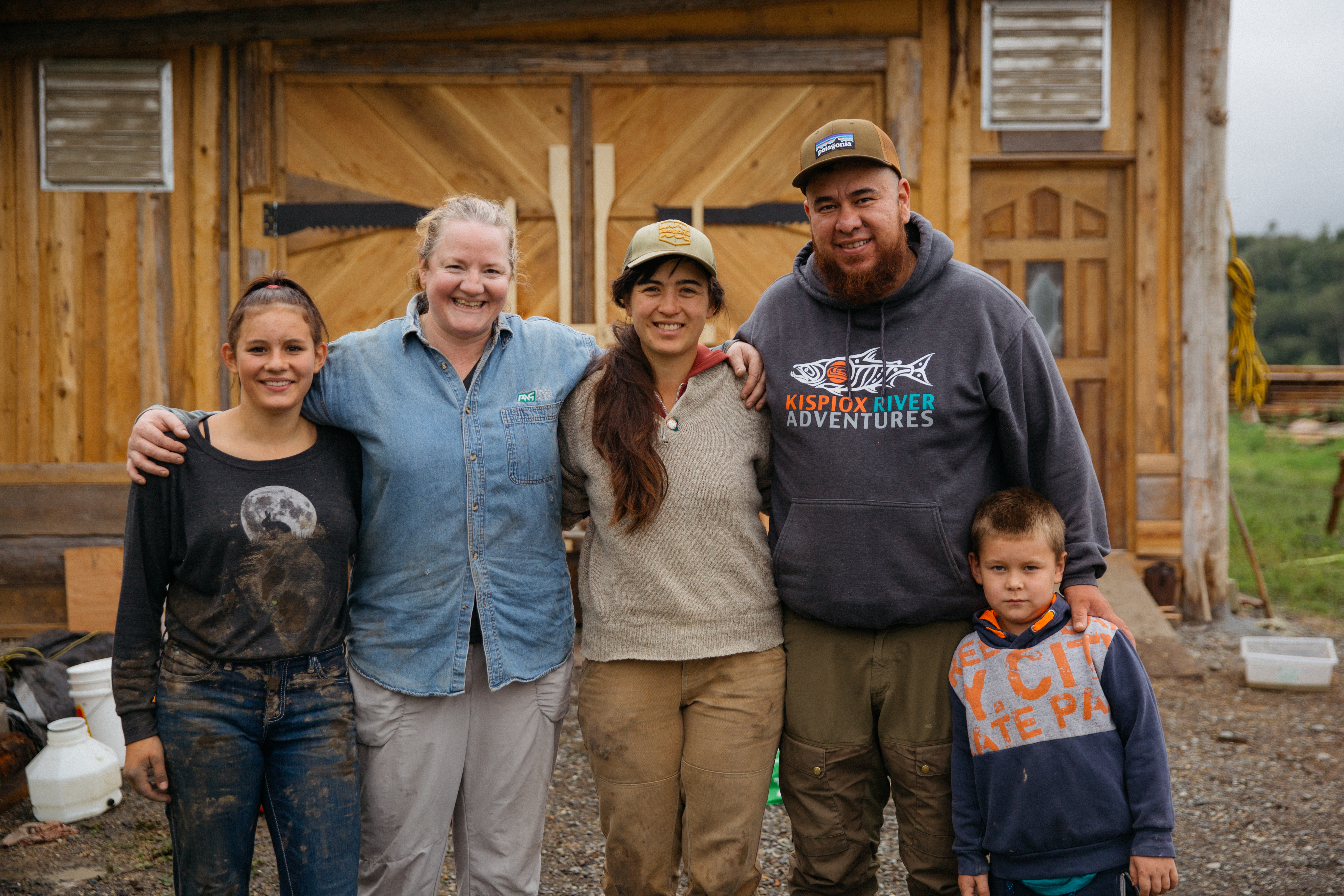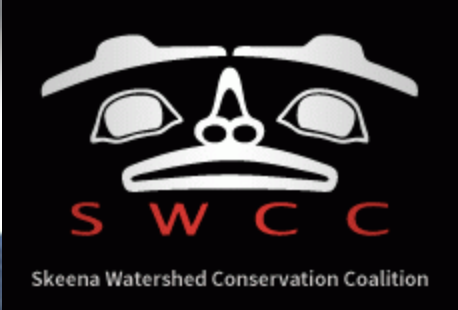About SWCC
board of directors
swcc staff
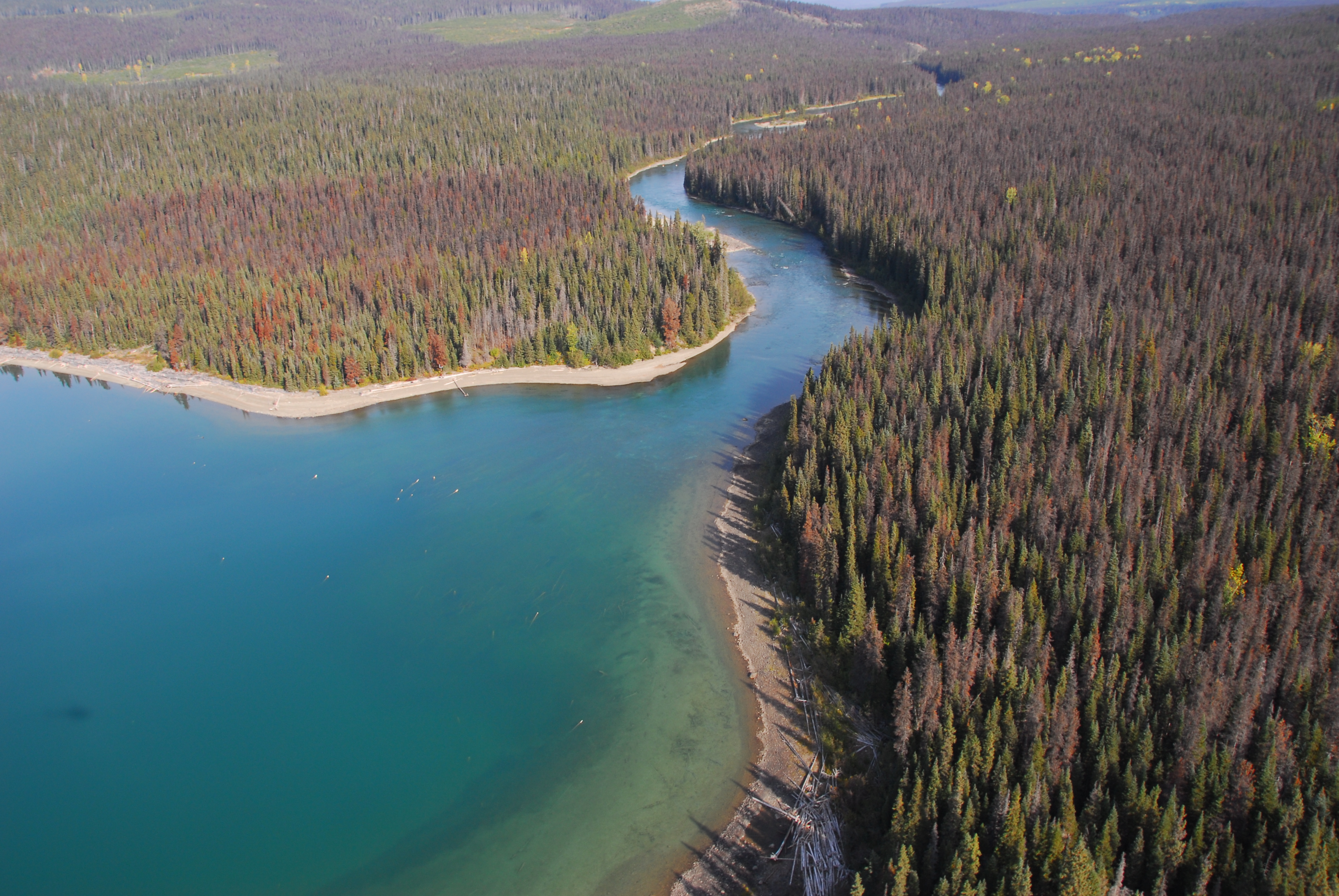
Our Story
OUR MISSION STATEMENT:
“To cultivate a sustainable future from a sustainable environment rooted in our culture and a thriving wild salmon ecosystem in the Skeena watershed.”
The Skeena Watershed
The Skeena Watershed (54,234km2) can be described as the Skeena River and all the tributaries that feed into it as well as the landmass they drain. This is an accurate description and understanding how a watershed works is critical to understanding how fragile it is. We boast all 5 species of wild Pacific salmon, the largest strain of wild steelhead in the world, moose, grizzly, black bear, spirit bear, caribou, wolverine, wolves, mountain goat, stone sheep and many other iconic wildlife in healthy, robust populations.
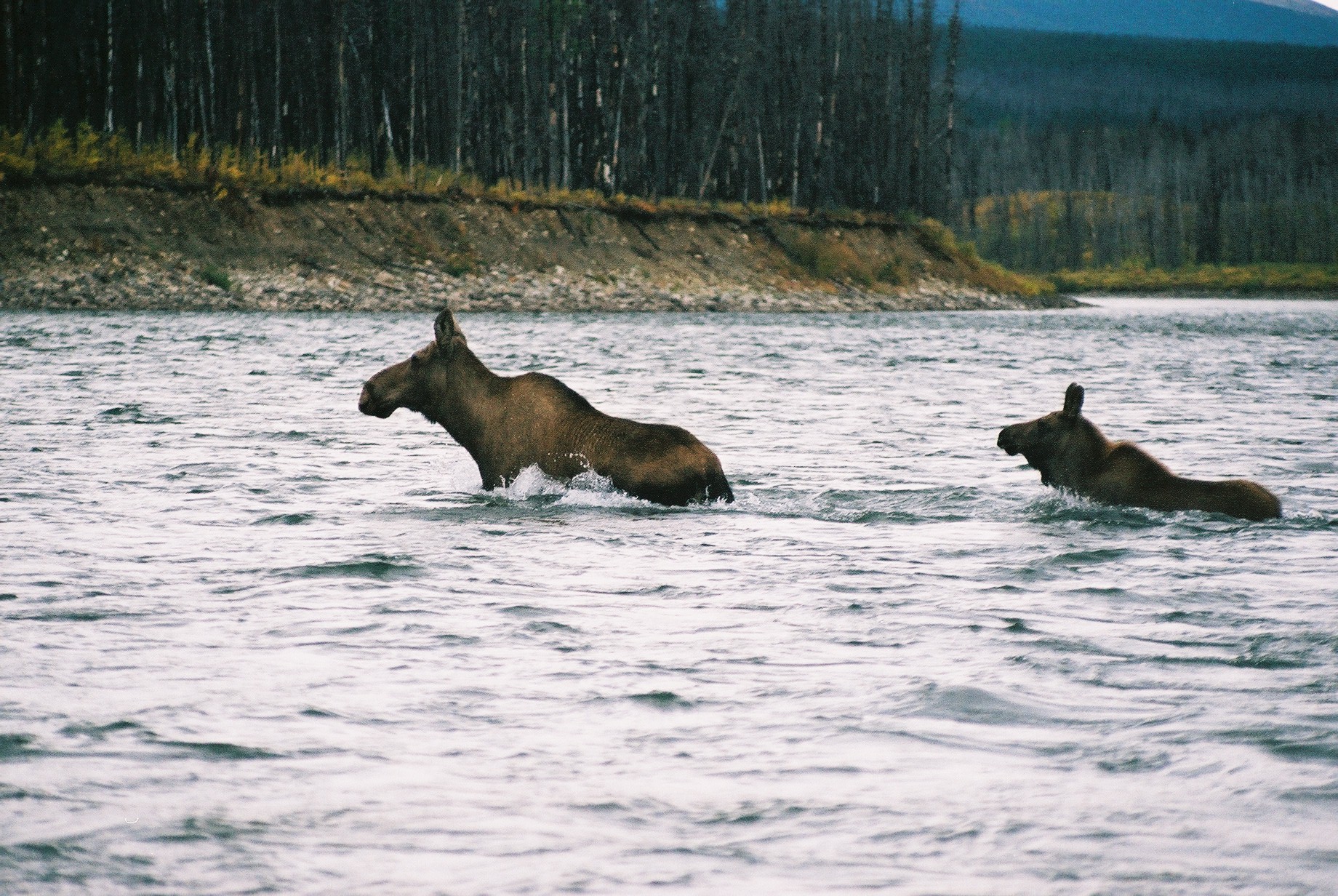
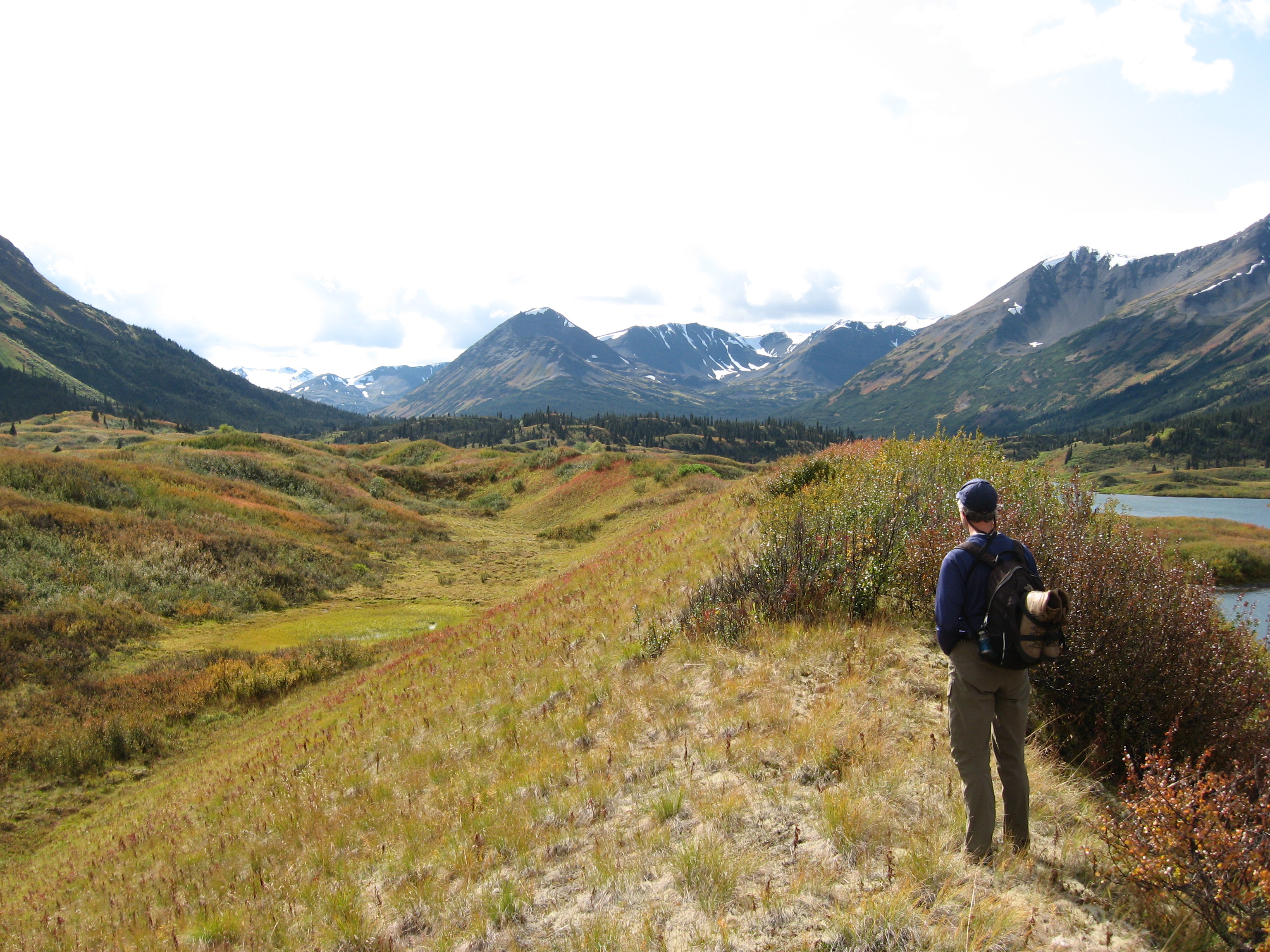
How We Work
We believe that building unity through our shared values can create a vision for the watershed that speaks to all that live here. We know that collaboration with First Nations can further secure the future health of our watershed. This means we must improve human and mental health in the region and that the conservation efforts must support social justice issues. In this region, conservation work requires a relationship based approach and this is why our connection to both place and people are such an asset. By building strong relationships and being an active participant in the communities we live in, we ground our work in a sense of place and trust in each other.
The Skeena’s Journey
It begins its journey in the Sacred Headwaters, an alpine basin in northern BC adjacent to Spatsizi Wilderness Park, where the Nass and Stikine Rivers also find their birthplace. From the Sacred Headwaters, the Skeena flows southeast, between the shallow peaks of the Skeena Mountains. It continues past the Slamgeesh Range, then westward to Fourth Cabin where it turns south. After Kuldo it turns eastward, then flows again south below Cutoff Mountain and Mount Pope. It continues past the communities of Kispiox and Hazelton, where it receives the waters of Bulkley River, then turns southwest.
At Kitseguecla, the river is crossed by Highway 37, and then turns south around the Seven Sisters Peaks and Bulkley Ranges, then between the Nass Ranges and Borden Glacier, past the ferry crossing at Usk, through the Kitselas Canyon, and then through the Kleanza Creek Provincial Park. It then flows south-west through the city of Terrace, where the river widens. It continues westwards, passes near the Exchamsiks River Provincial Park, and finally flows into the Pacific Ocean at Eleanor Passage, between Port Edward and Port Essington.
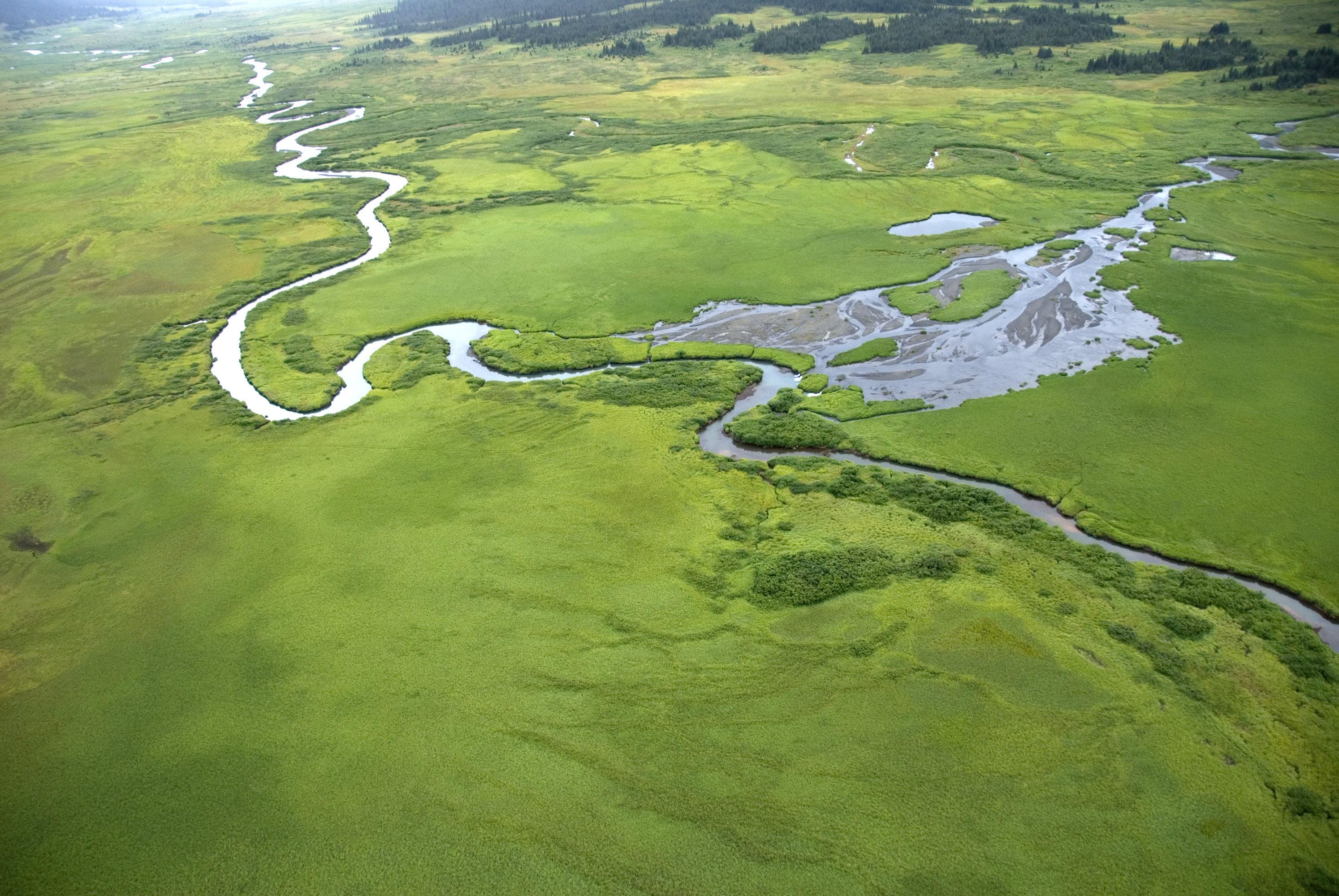
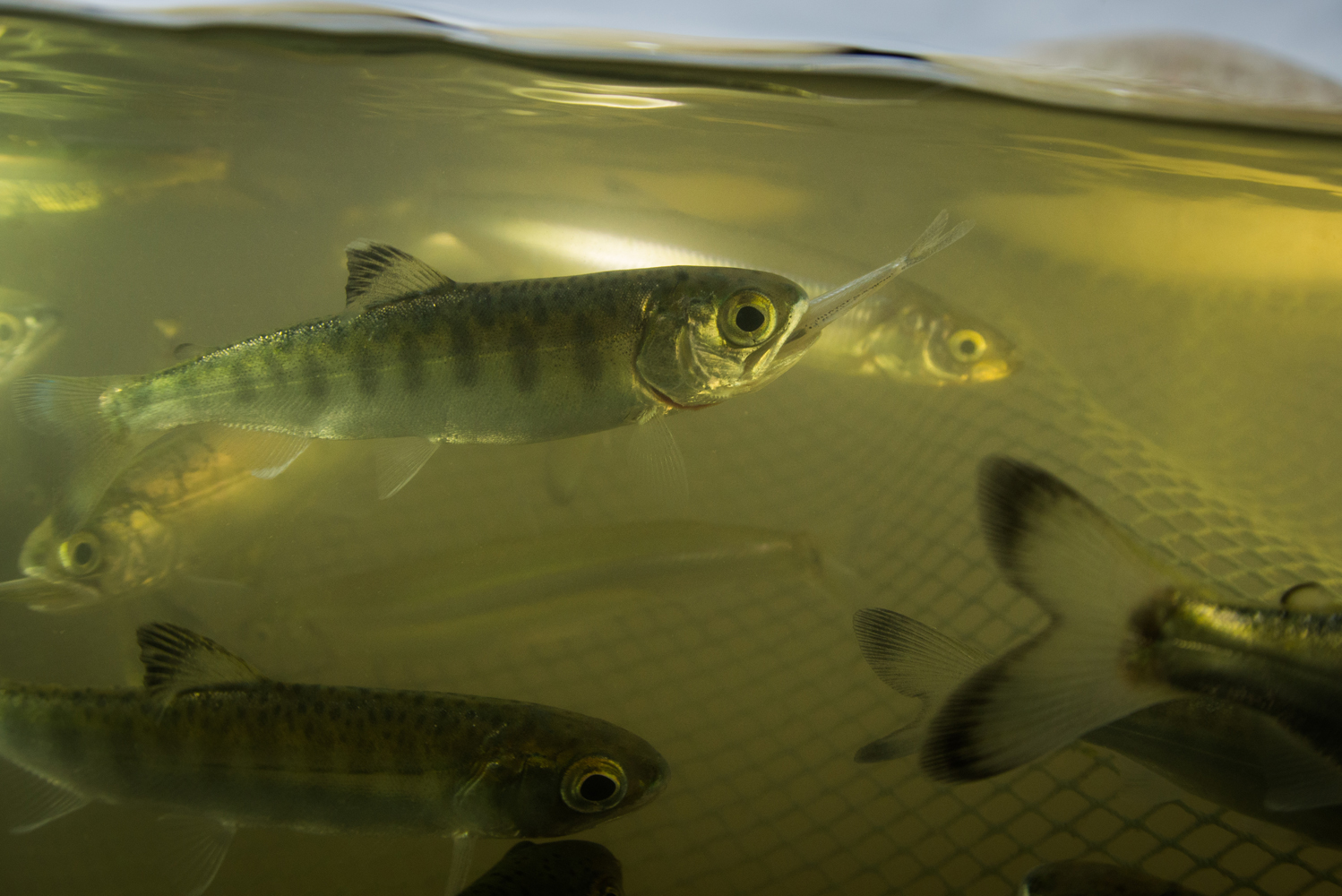
Skeena Salmon
Our Board of Directors
Board of Directors’ Commitment:
WHY WE JOINED
We joined SWCC for many reasons. We believe in our laxyip as a way of life, healing and empowering us through embracing the river and its ecosystems. In this like-minded community our beliefs and values are supported as we support SWCC’s commitment to do good and interesting work to protect the place we love. We have curiosity and interest in the work and operations. Collaborating and sharing ideas and new ways of being, bring us satisfaction and connect us to the local communities.
HOW OUR VALUES ALIGN WITH SWCC
We feel a spiritual connection to this “best home on earth” and want to protect it and all our relations so that all may enjoy and thrive. We believe that conservation includes a just society living lightly on the land and want to pass on an intact watershed to future generations. We believe in community building and accountability and want to support the voices of our people to be heard in places where it otherwise isn’t. We believe that connection and experience are educational tools that bring the community together and foster strong and positive bonds. We are passionate and committed and can rock the boat when necessary. We believe in youth.
OUR STRENGTHS, SKILLS AND GIFTS
Collectively we bring inquiring minds and a desire for knowledge that will help us better understand our ecosystem and our community relationships and the values and needs. We have wide ranging gifts: academic / scientific training and experiential stewardship knowledge, management and organizational skills. We are active in the community and our honesty, commitment and the ability to give back are paramount. We have the ability to communicate through the lens of our cultures to counter the industrial and government perspective. And some of us are going to be around for a long time.
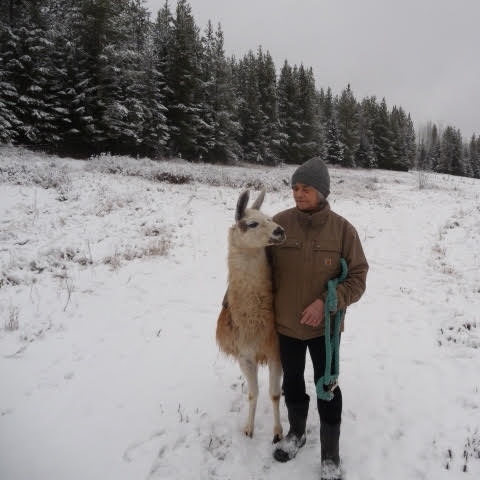
Harriet Hall
Co-Chair
Harriet Hall and her partner relocated in 2008 from Secwepemcúl’ecw to Spookw, in the Laxyip, after years of exploring the northwest. They have a small regenerative agricultural enterprise that revolves around raising sheep, berries and bees while encouraging local pollinators, birds and wildlife. Professionally, she practices as a Registered Massage Therapist with an interest in helping people achieve optimum function. She is a certified Pollinator Steward with several projects on the go. Harriet’s roots are rural and she is keenly aware of the importance of protecting, maintaining and restoring natural ecosystems. At the same time, she understands the importance of developing sustainable economic enterprises to support the human members of the community. From Amchitka Island, the Stein Valley, Site C and various local community initiatives, she has worked, over the years, to draw attention to issues, educate folks and protect the environment. For relaxation and joy, Harriet runs, hikes, swims, bikes and paddles in our beautiful mountains, lakes and rivers.
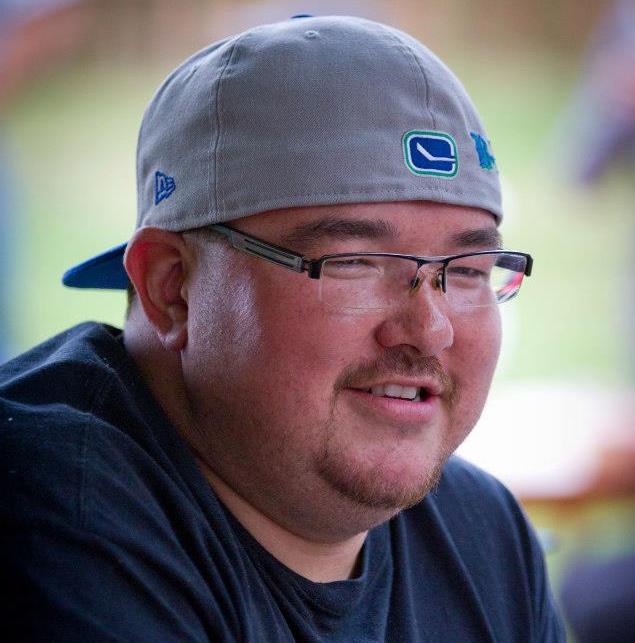
Brad Wilson
Co-Chair
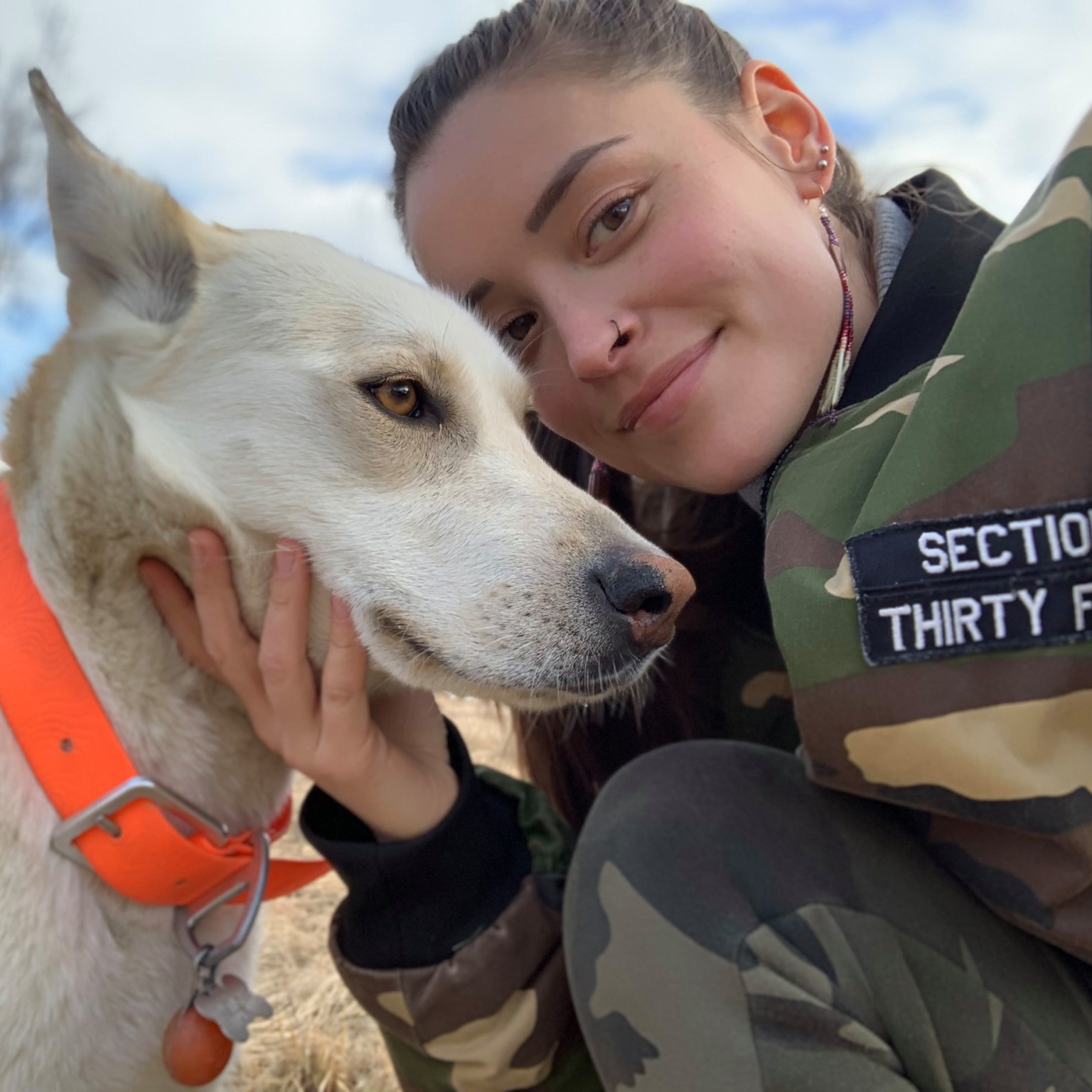
Taylor Wale
Board Member
Taylor is Lax Gibuu from Wilps xGwoimtxw and works as a fisheries biologist with the Gitksan Watershed Authorities, where she plays a key role in watershed stewardship and fisheries management in Gitksan territory. Wale has a BSc in natural resources conservation and an MSc in forestry from UBC, where she was recognized with the Peter H. Pearse Forestry Award and Skills Award for Aboriginal Youth. She honours the Elders and role models who have guided her and serves as a mentor to youth in her community. Wale volunteers as a girls’ basketball coach and plays for the Gitxsan Mystics. Through her professional and volunteer work, she sets an incredible example for youth and anyone working to protect and restore land and water and uphold Indigenous rights and title.
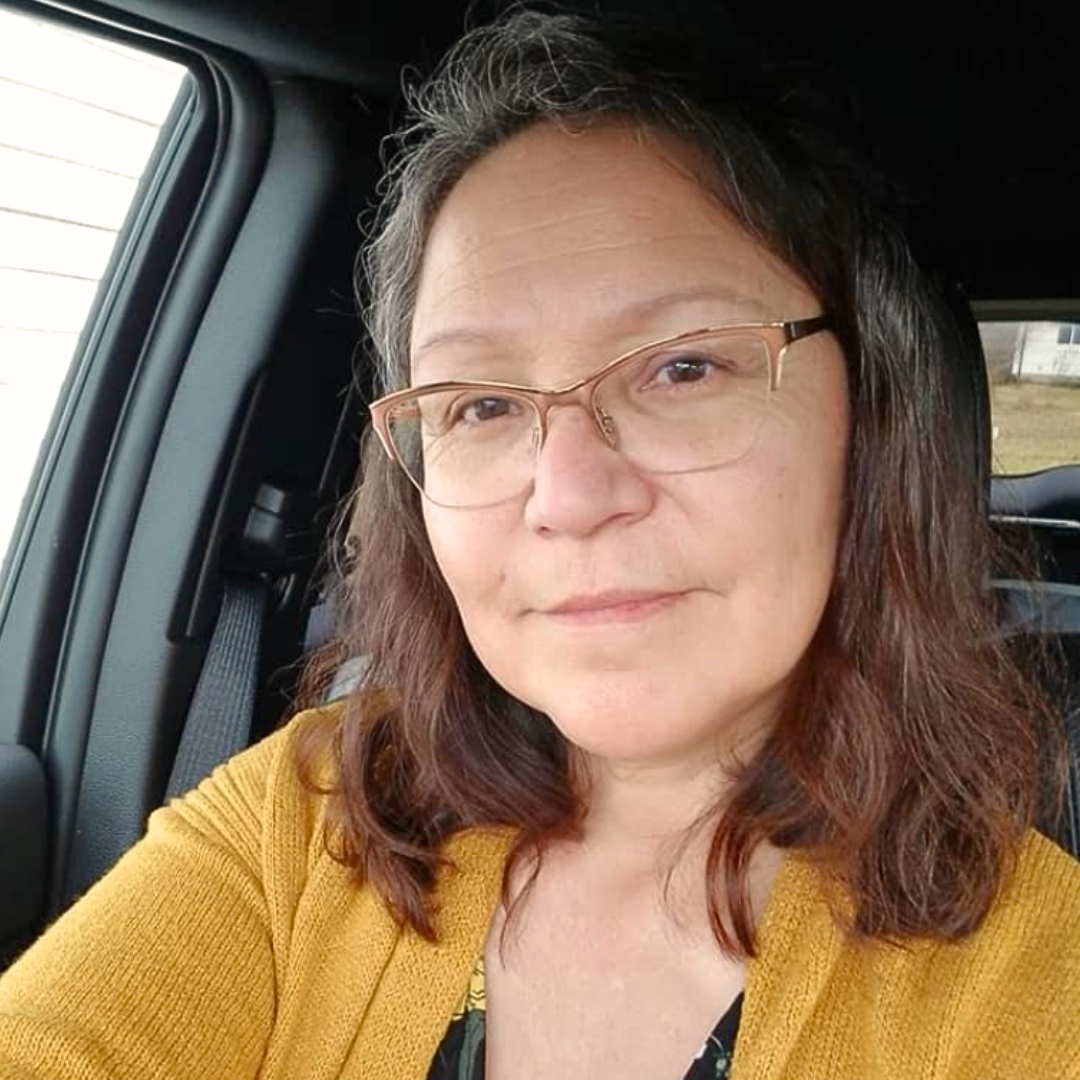
Marilyn Brown
Board Member
Marilyn’s Gitxsan name is Taa-bekxw, and she is Lax Gibuu (Wolf clan). She has been working for Northern Society for Domestic Peace in the Smithers and Hazelton area on Gitxsan and Wet’suwet’en territory for 18 years. She moved to the Gitxsan territories in 2001. Since moving here she has been submerged in the teachings of her Gitxsan culture ever since, and admits it has been challenging to decolonize the oppressive teachings from her growing up years. Her interest is bringing together IFOT (Indigenous Focusing Oriented Complex-Trauma) training, in all she does; this is leaning into the land for healing self, others, and moving in community through this lens, when bringing & sharing her knowledge. She believes in the need that our rivers, lakes, forests and all living creatures need protecting. Her hobbies are hiking, kayaking, paddle boarding – which, by the way, started because of the SWCC – W.O.W. program! Her highlight was jumping off the 4-Mile River cliff – that is where she said she faced every fear that was living in her body – by standing at that cliff’s edge. When she jumped, she said she faced that fear, slayed that fear, and her life has been fast tracking ever since! She also enjoys daily nature walks with Sitka & Lexi (Jennifer’s cute fur-babies). She strives to keep on learning one new thing a day. Lastly, she has taken on learning her mother tongue: Sim’algyax. She completed 101-GITK, and is now in GITK-102, which is basic learning.
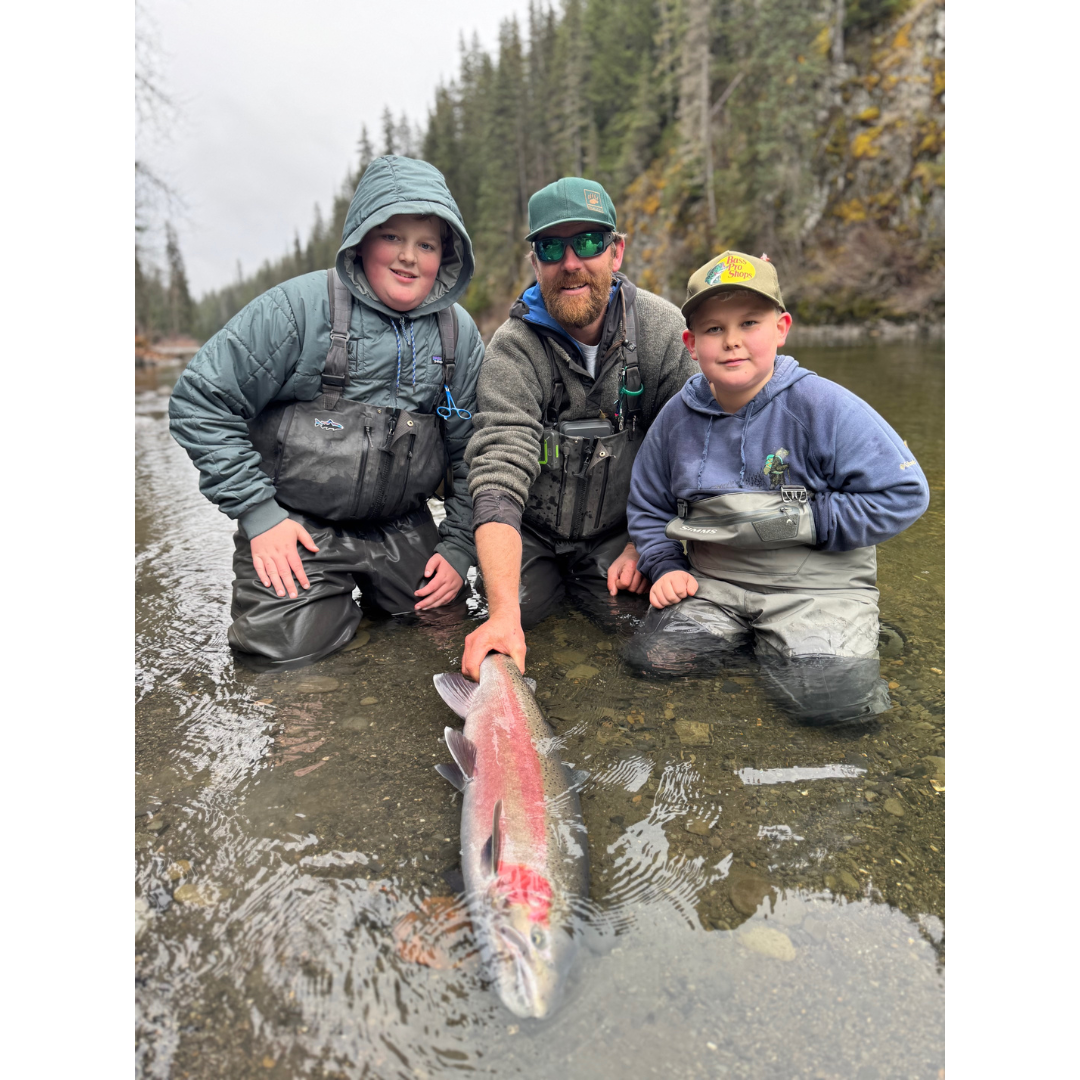
Jim Allen
Board Member
Jim was born and raised in the Kispiox/Skeena Valley. He grew up hunting, fishing, ranching and trapping in the Skeena watershed. His passion for the outdoors has kept him in the region, where he has been guiding fly fishermen since 1999 on the Skeena River and its tributaries. In the off-season, Jim is a father of two and runs a small-scale woodlot and maintains an active trapline in the Kispiox Valley. This career has allowed him to spend significant time outdoors, deepening his understanding of the Skeena ecosystem and how it functions. Jim cherishes his work on the Gitxsan Lax Yip, where he explores for cultural heritage and learns about Gitxsan culture. He is an active member of the community as a basketball coach and is now focused on sharing his knowledge of the watershed with local youth as future leaders.
Our Staff
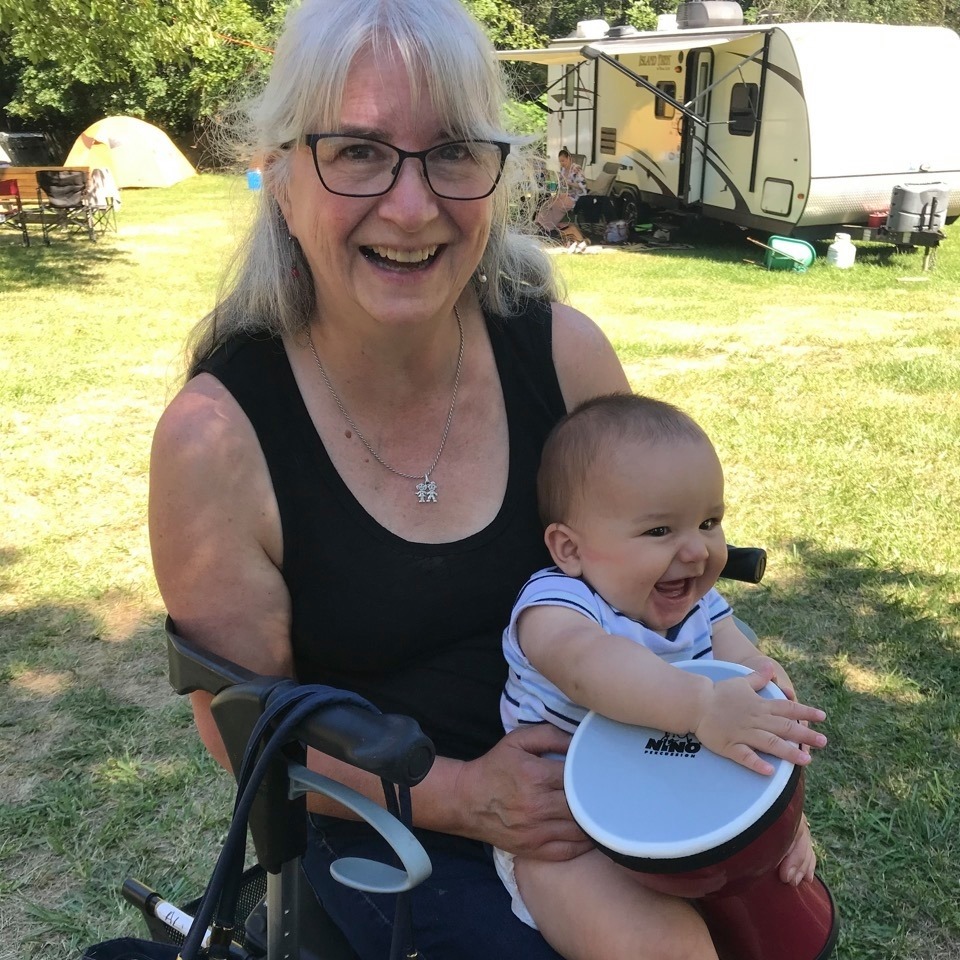
Kathy Stockner
Office Administrator
Kathy grew up in West Vancouver, and ended up in the north by marrying Todd and following him and his passion for the northern rivers. It only took 24 hours for Kathy to feel that it was the right move (while Todd took less than a minute). Now, she absolutely loves her rural home and close-knit community, and would never want to live in the city again. They have a small acreage in the Kispiox Valley, where they run a small steelhead guiding operation in the fall. During the summer, the lovely guesthouse that Todd built is used as a bed & breakfast for visitors from all over the world. The Kispiox Valley has been a wonderful place to raise their two kids, now off on their own adventures. Kathy has worked mainly as a typesetter for print shops, newspapers and book publishers over the years, and is now the office administrator for the Skeena Watershed Conservation Coalition.
Email Kathy
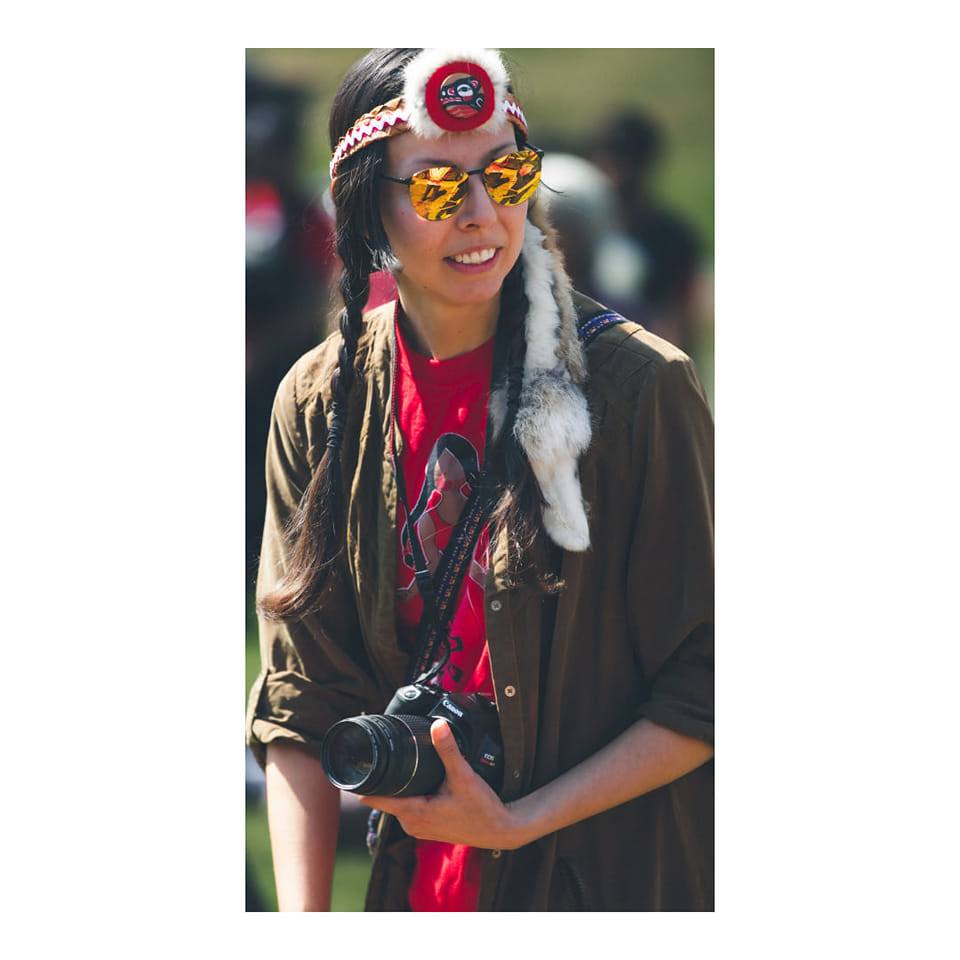
Jennifer Bulleid
Creative Projects Specialist
Jennifer is Gitxsan, and belongs to the Lax Gibuu (Wolf clan). She has a background in carpentry, regenerative agriculture, and is passionate about Indigenous food sovereignty. Carpentry is what brought her to SWCC, and she started by helping build the solar-powered YOW base, was involved in building several cabins on the Yintah, and multiple chicken coops in the Upper Skeena. She became an amateur chicken tender, raising a handful of chickens (from the first flock in 2020 of SWCC’s Chicken Project!) in her backyard, helps design and update SWCC’s website and newsletters, does some social media work for SWCC, and is an aspiring photographer. She can often be seen with her two shadows AKA her dogs!
Email Jen B

Anissa Watson
Director of Program Execution
Email Anissa
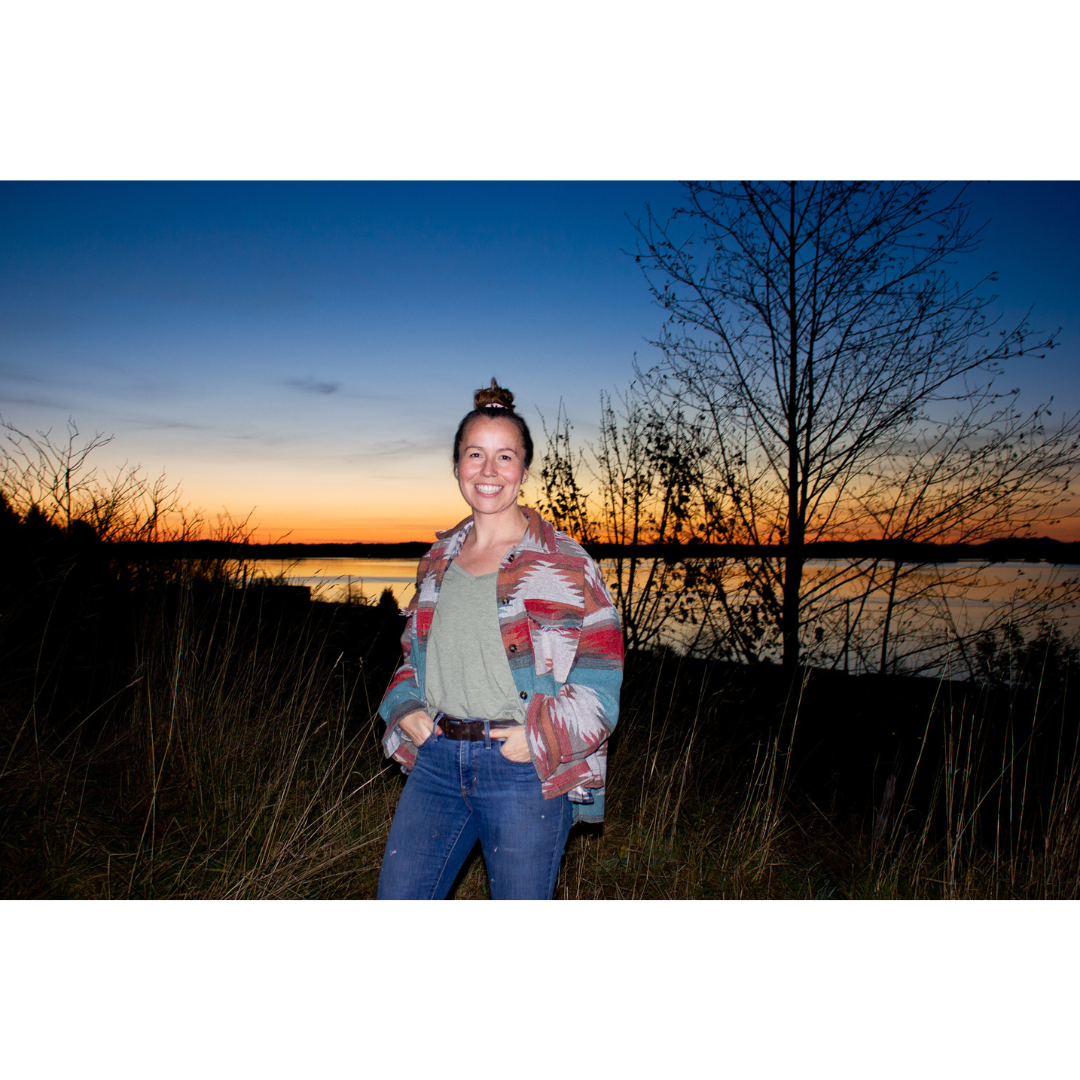
Jennifer Zyp
Jennifer grew up on Gitxsan Laxyip (territories) and grew up very active in culture, traditions, and on the land. Jennifer’s traditional name is Ankhla (the village of her house group’s origin, where the Great War took place and the ground was red with blood), she belongs to Wilp Gwininitxw of the Lax Gibuu (Wolf) clan. Jen is a mother of 3 beautiful girls and is married to the most capable handy man in the North! Jen has a diploma in Adventure tourism and a degree in Nursing Sciences. Though her time nursing she began to get more and more passionate about how the land was directly impacting the health of the people and moved more along side her mother, Hereditary Chief Gwininitxw to fight for the protection of our lands, water, and everything that is and has yet to be. Jen is very active in collecting cultural heritage data with her daughter who is 14 and her colleague/ friend Dr. Chelsey Armstrong who is an archeologist and historical ecologist.
Jen spends much of her time with her daughters, running them to different sports and activities (as well as other neighbourhood kids/ friends), coaching local sports teams, working with her mom on cultural revitalization, assisting with the fish fence on the Wilp’s territory, managing the Wilp’s bookkeeping, managing her and her husbands excavation company, and managing her husband’s backcountry cat skiing operation (Skeena Cat Skiing), she also sits on the Helicat Canada board and Indigenous People’s Advisory Group for Helicat Canada. When not busy with all of these activities, you can find Jen either camping with her family or out tending to her garden and animals as she also has a farm with horses, cows, pigs, and chickens! Needless to say, she likes to be busy! But meaningfully busy! Jen dedicates most of her life to her passion of helping to build the future leaders! With respect and love we can do anything.
Email Jennifer Z
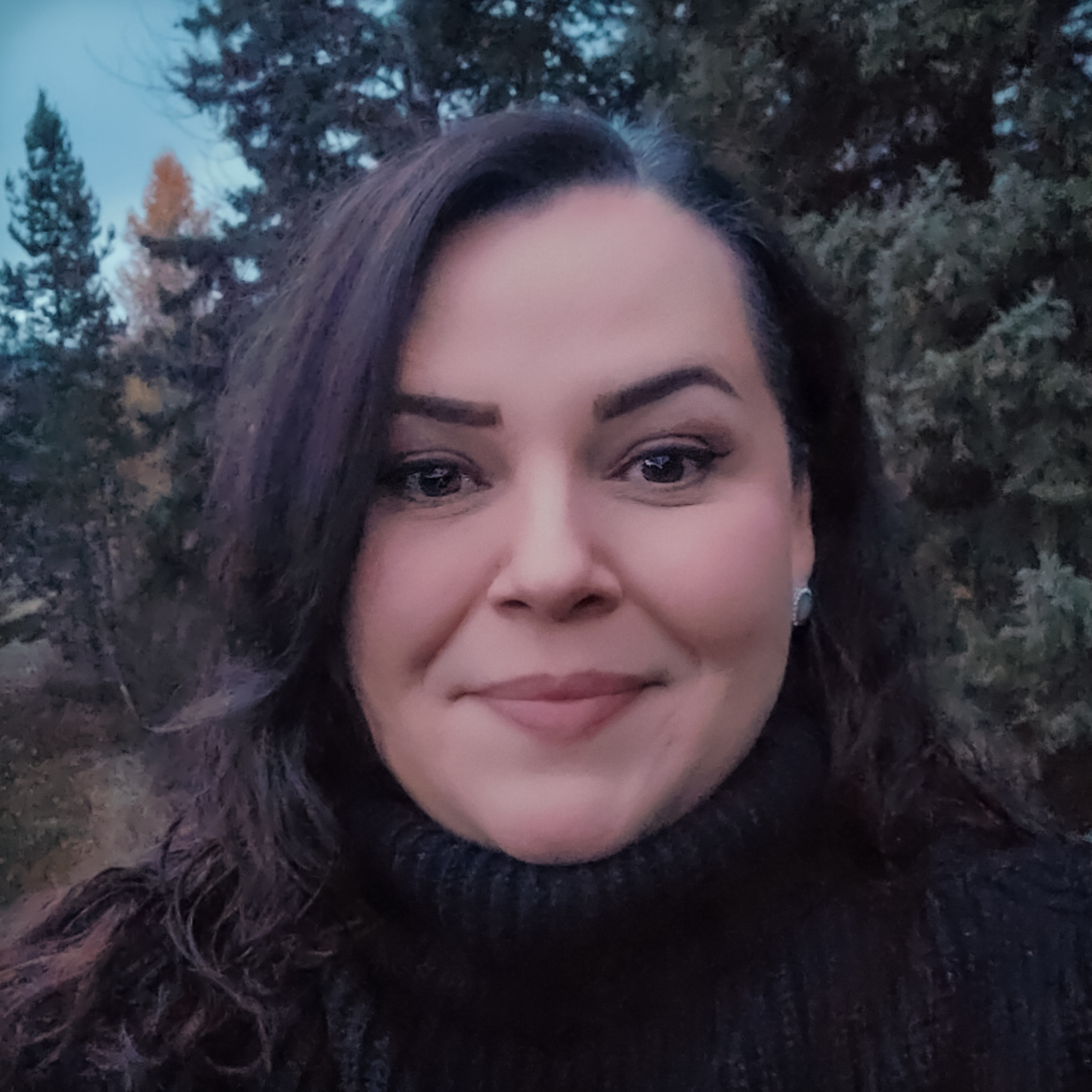
Chrystal Lattie
Chrystal was born and raised in Hazelton and belongs to Wilp Gwininitxw of the Lax Gibuu Clan. Her Gitxsan name is Hanak’m galii aks, which means Woman of the Water Ways. Chrystal moved away from home after high school to attend university, and earned a B.A. in Criminology and a M.A. in Conflict Analysis and Management, with a focus on ethno, political, and securities issues. She continued to live in the lower mainland while raising her four beautiful children, and from 2016-2018, lived in the Yukon supporting an elected Council of a self-governing First Nation. She has spent the last five years working in administration and program management for a large non profit organization in the lower mainland, providing programming to support society’s most marginalized and vulnerable populations. Chrystal’s diverse background speaks to her passion for social justice and equity, Indigenous Rights and Title, and the importance of land and resource stewardship for generations to come. She was taught from a very young age that loving and respecting the land and all of its abundance is fundamental to survival for generations to come, and it is those teachings that have shaped her core values. While Chrystal and her children have continued to visit Hazelton every summer to spend time with family and preserve for the winter, in late 2023, Chrystal and her family decided to move home, bringing them closer to family and affording them the ability to truly enjoy the beauty of their homelands year round.
Email Chrystal
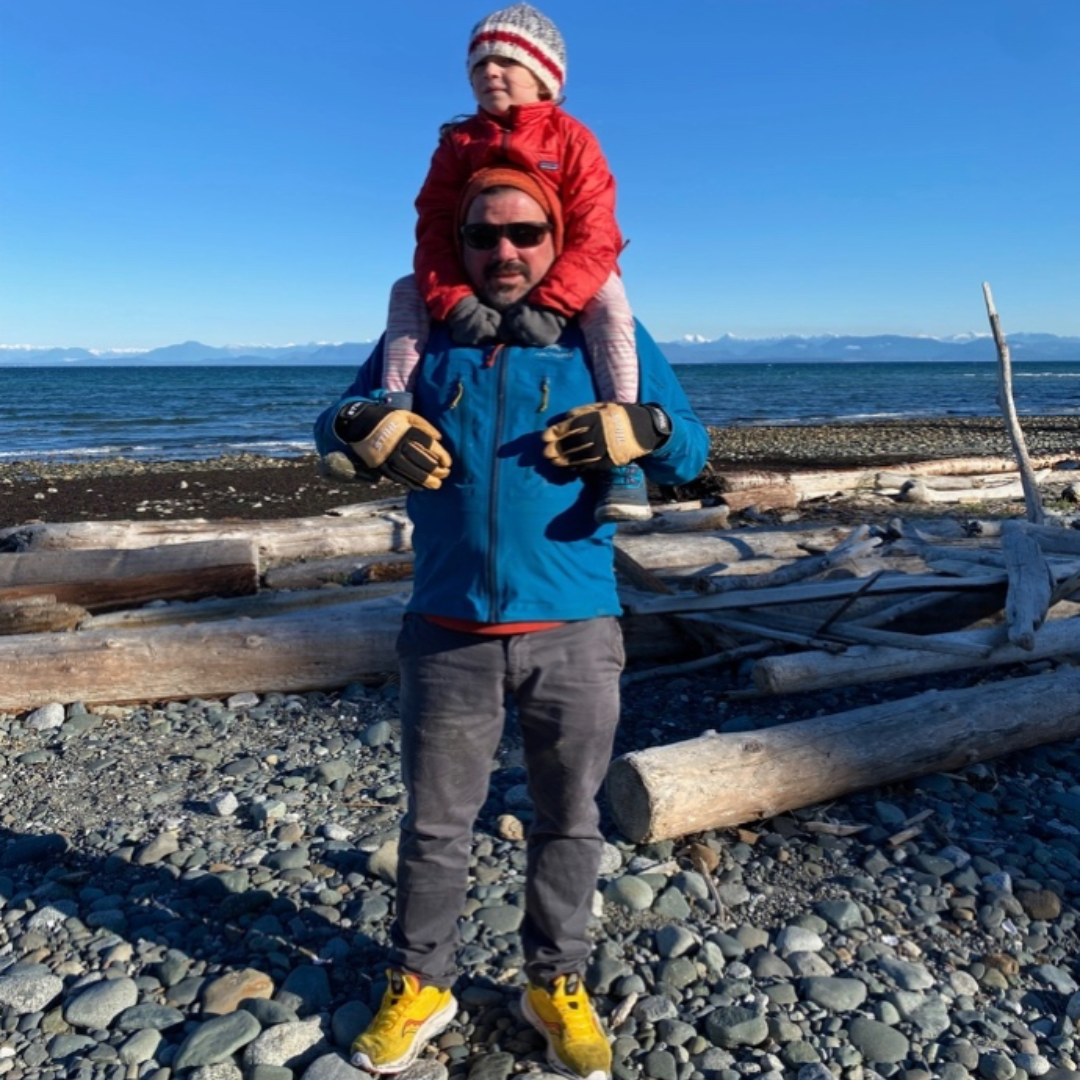
Derek Ingram
Energy Solutions Coordinator
Derek and his family made their way to the Kispiox Valley in 2020 after many years of living and serving in remote Northern BC communities. He initially came on board with SWCC to help steer the Regenerative Poultry Project and food sovereignty programs in the region. He has a history of emergency management, project management and natural resource management within First Nations Communities and was eager to continue to collaborate with the local community on a very exciting project; The Empowered Energy Solutions Project. Derek has stayed on board with SWCC as a project manager and is excited to continue Phase 2 of the Empowered Energy Solutions project and carry forward the Mycoremediation/Mycorestoration phase 2 project as well! He owns a farm and is very interested in sustainability, permaculture, and local food sovereignty. When not working or completing his honey-to-do-list, Derek can be found mountain biking, building, restoring and buildig trails, canoeing, trekking through the deepest of forests, homeschooling with his two young kids, and enjoying whatever nature has to throw at him.
Email Derek
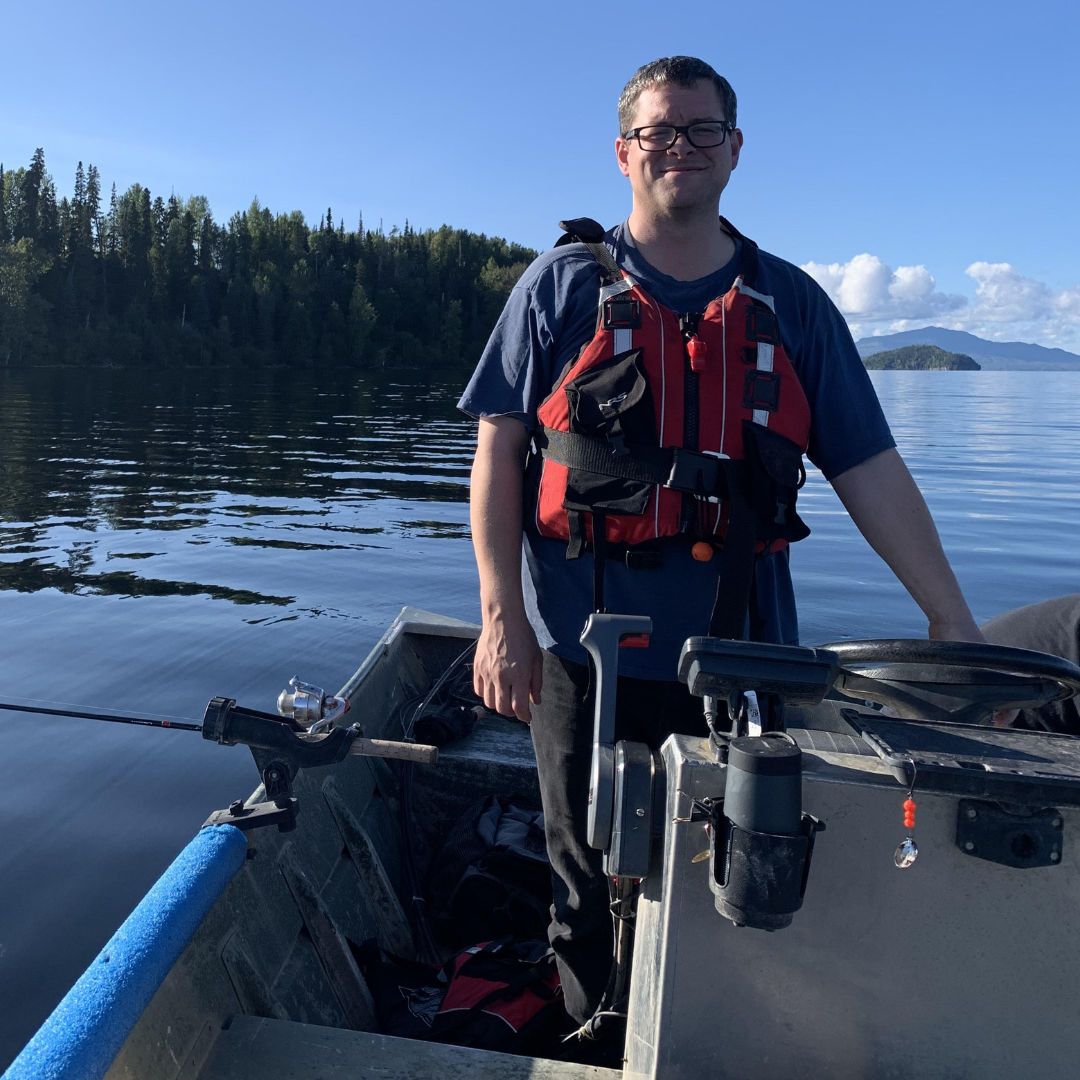
Scott Blabey
Clerical Sorcerer
Scott was born and raised on Gitxsan & Wet’suwet’en Territories. He left the area to pursue an education in Ecotourism and spent the last 20 years in BC’s Okanagan and Interior before deciding to return. Seeing the efforts and progress being made by local community members towards food sovereignty, sustainability and Reconciliation inspired him to return and contribute to these endeavors. Scott is excited to be back and start his journey of growth, decolonization and service to the Gitxsan Lax’yip, Wet’suwet’en Yintah and the people of these great nations.
Email Scott
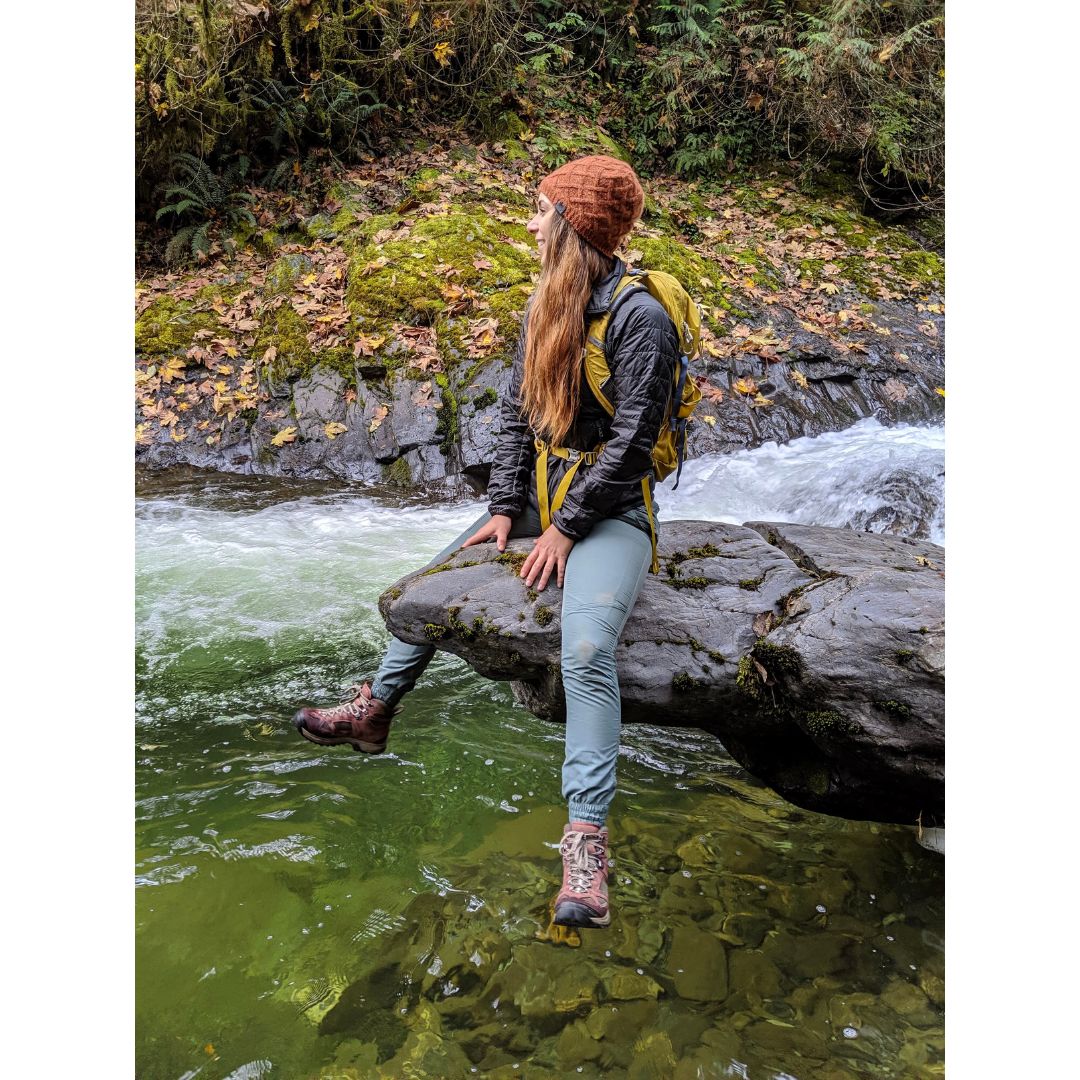
Stephanie O'Neill
Manager of Story Telling
Stephanie has worked in communications for over eight years. She is passionate about building deep connections with her community and the land around her. In her spare time, Stephanie can be found meandering in the mountains and honing new skills.
Email Stephanie
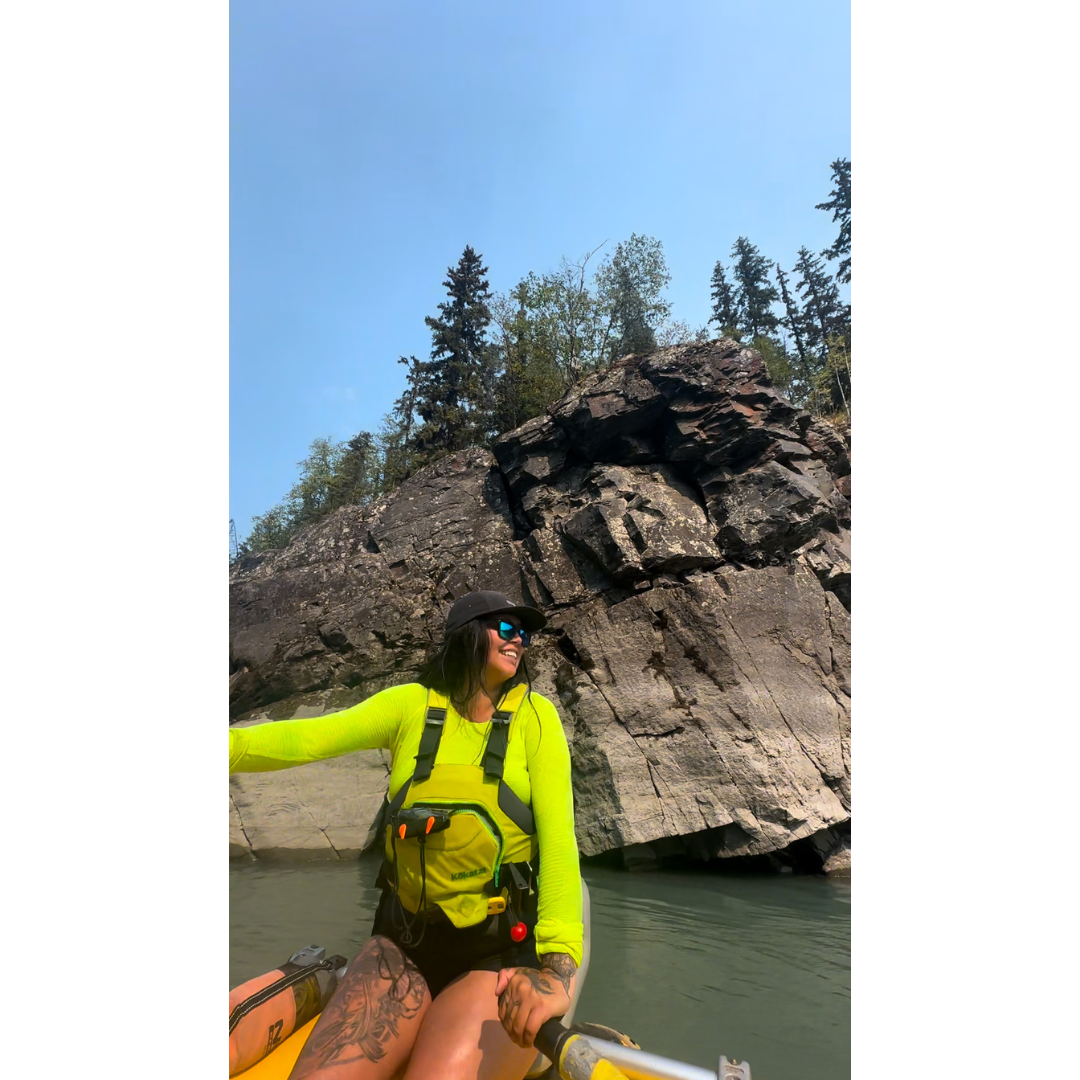
Shawntei Michell
Shawntei is a proud member of the Wet’suwet’en Nation, from the Tsayu clan, and a mother of two with a deep connection to her community and the land. She is passionate about food harvesting, spending her time dipnetting, hunting, and exploring the outdoors—whether rafting, skiing, hiking, or chasing waterfalls. Recently, she joined hockey, adding another adventure to her life.
Shawntei’s connection to the Skeena Watershed Conservation Coalition (SWCC) began long before she officially joined in 2024. In 2023, she was invited to be a safety kayaker, deepening her bond with SWCC’s conservation work. Her dedication to river protection began at 13, when she first rafted in a youth on water program, sparking a lifelong passion for the land and waters.
At SWCC, Shawntei works as a summer guide and supports social media and river programs in the winter. She is also diving into mushrooms, mycelium, and bioremediation. A true lover of the outdoors, she brings her enthusiasm for nature and conservation to all she does.
Email Shawntei
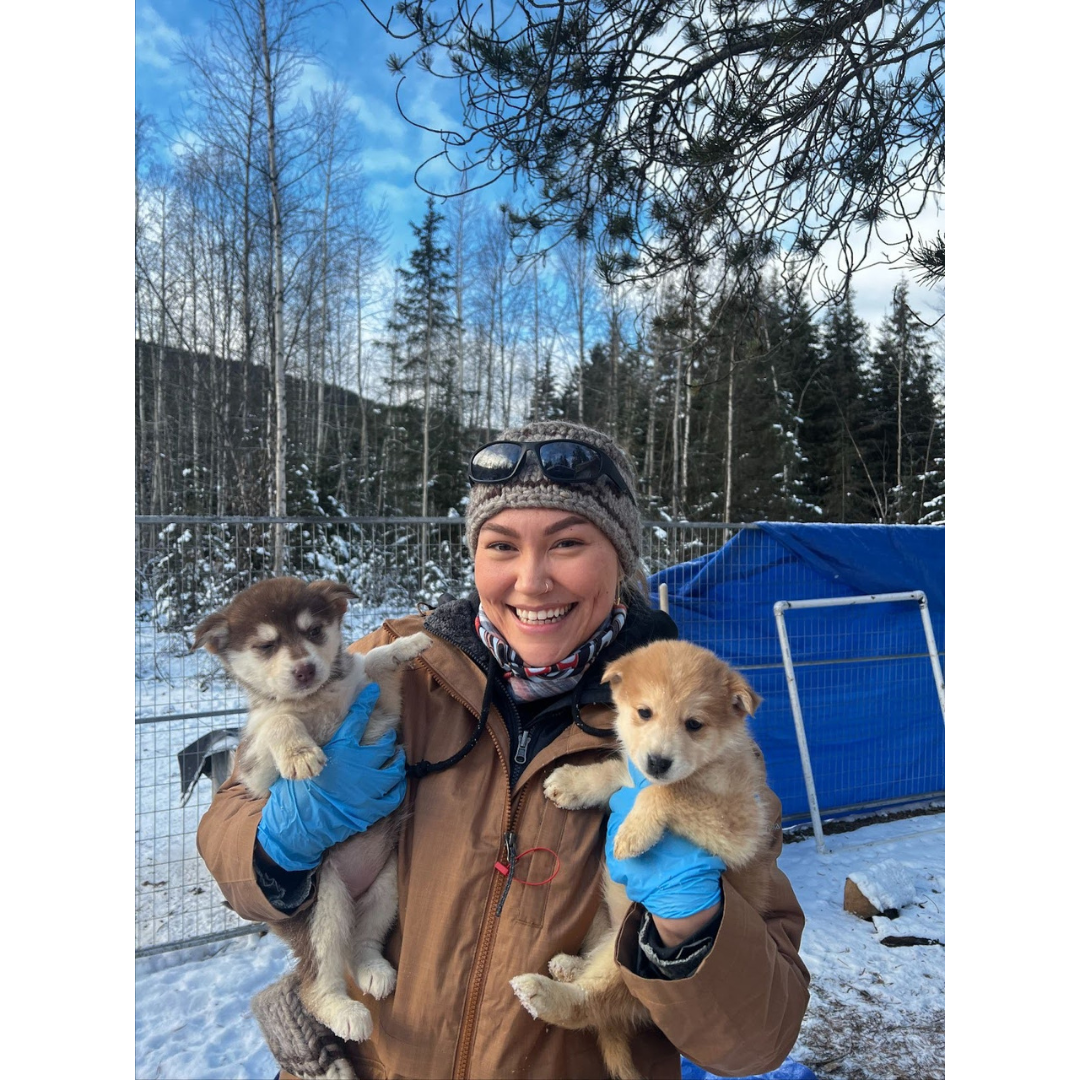
Drew Harris
Lead Support & Development Organizer
Drew was born and raised in the Hazeltons, and is a proud Gitxsan and Wet’suwet’en member, belonging to the Laksilyu Cineghlhayihk (Small Frog Clan, House of many eyes). After earning her Bachelor of Arts from UBC Okanagan, with a major in Psychology and a minor in Indigenous Studies, she joined SWCC as an intern and now serves as the Lead Support and Development Organizer.
Her work is driven by a deep love for the land and a commitment to her community. Whether leading youth initiatives, supporting bioremediation projects, or organizing cultural events, she’s always working to protect her lax yip and empower future generations. Moving back home has been a transformative experience, allowing her to reconnect with her roots and strengthen her connection to the land. She helped start and run a youth group, helps with comms, creates and edits videos, and jumps in wherever help is needed.
When she’s not working, you’ll find her outdoors with her dogs, travelling to new places, visiting family and friends, staying active, learning new skills, or diving deeper into her cultural practices. Her passion for her community and the land is what keeps her grounded and motivated.
Email Drew
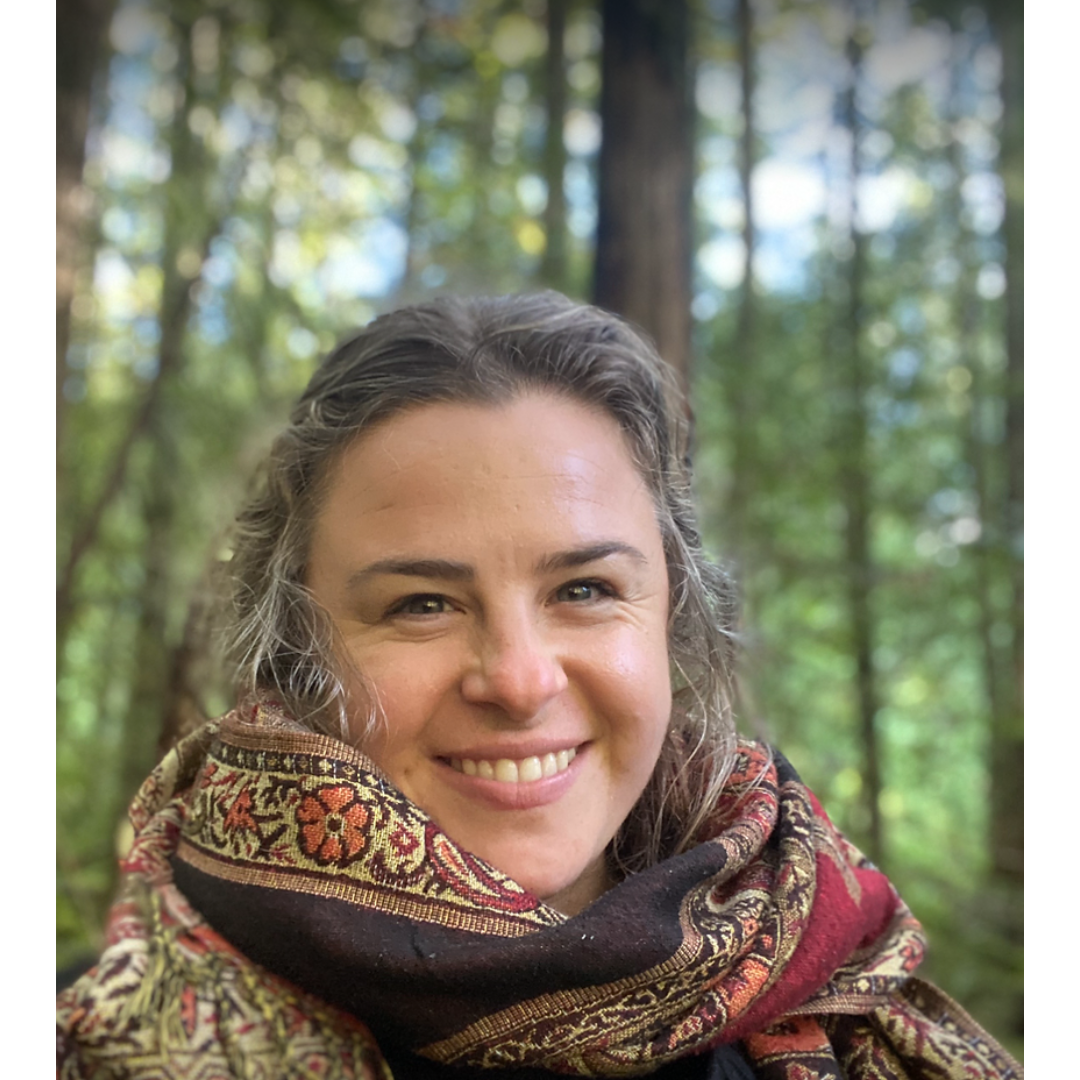
Tracey Maynard
Transformational Change Energy (TC Energy)
Tracey spent most of her life on the shores of the Musqueam, Squamish and Tsleil-Waututh peoples. She moved to the Gitxsan Lax’yip in 2024.
Tracey has trained and mentored hundreds of faith, labour, environmental and community leaders in the art and practices of relational community organizing. She brings practical experience and tested leadership tools to support community leaders to make change inside organizations, communities and beyond.
Tracey studied organizing at the Harvard Kennedy School and the Industrial Areas Foundation (IAF), the largest community organizing network in North America. Tracey has organized with Youth Climate Corps BC, Dogwood, Metro Vancouver Alliance, Climate Emergency Unit, BC Climate Emergency Campaign, and Organizing for Change among many others.
When not organizing, Tracey can be found in the garden, forest or along the rivers of the Gitxsan Lax’yip.
Email Tracey
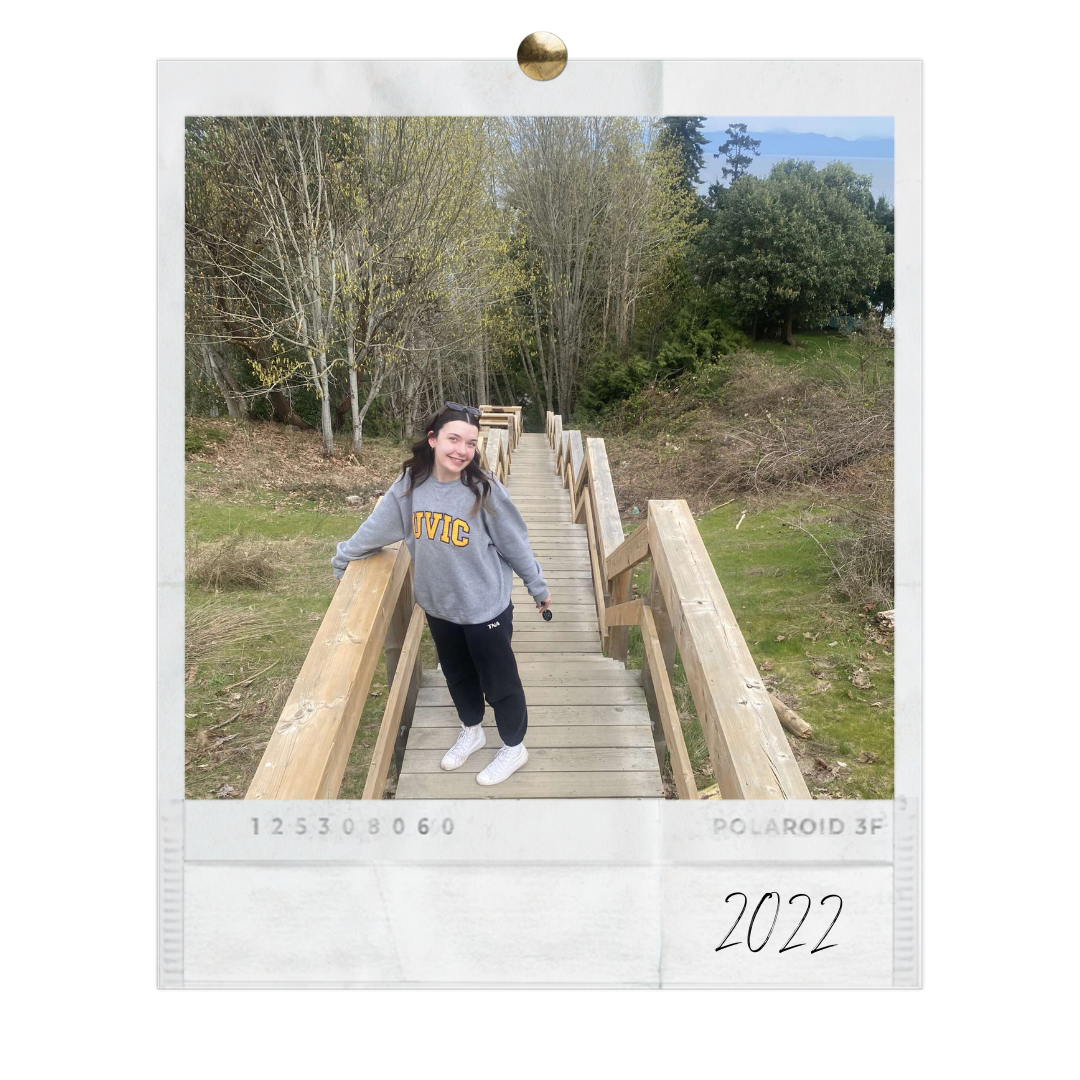
Honor Watson
2022 & 2023 Summer Intern
Hi, my name is Honor Watson and I am the summer intern at SWCC. I am 19 years old and I have lived in Hazelton for 16 of those years. I am a first-year student at the University of Victoria where I am studying general science with a plan to declare a major in biopsychology and go into the medical field. I am an adventurous person and love the opportunity to be pushed outside of my comfort zone. In my free time, I enjoy being outdoors, staying active and spending as much time with my friends as possible. Growing up, my mom worked for SWCC so I think it is very cool that I am now getting the same opportunity and I am very excited to spend the summer with SWCC.
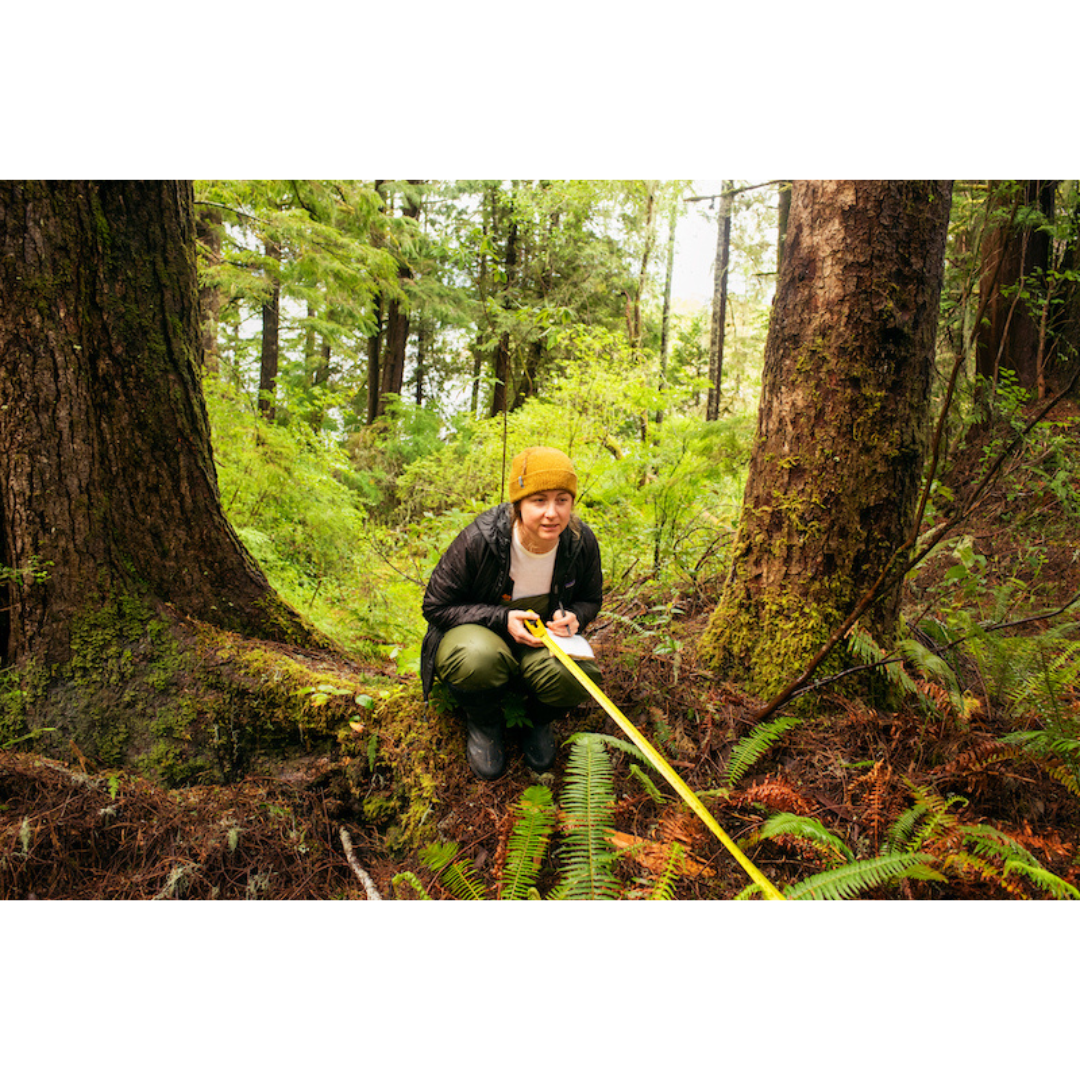
Dr. Chelsey Geralda D. Armstrong
Science Advisor
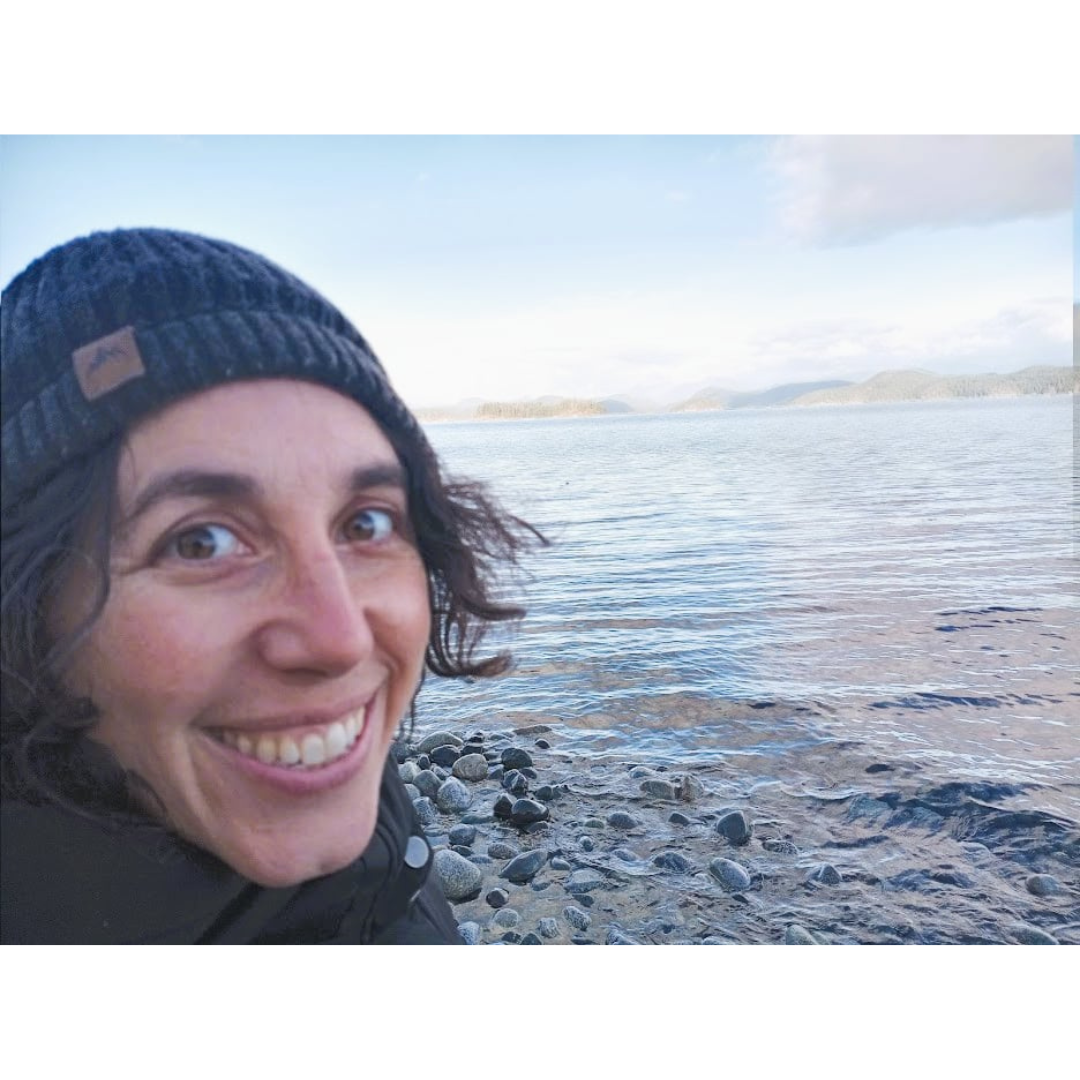
Leila Darwish
Bioremediation Specialist
Email Leila
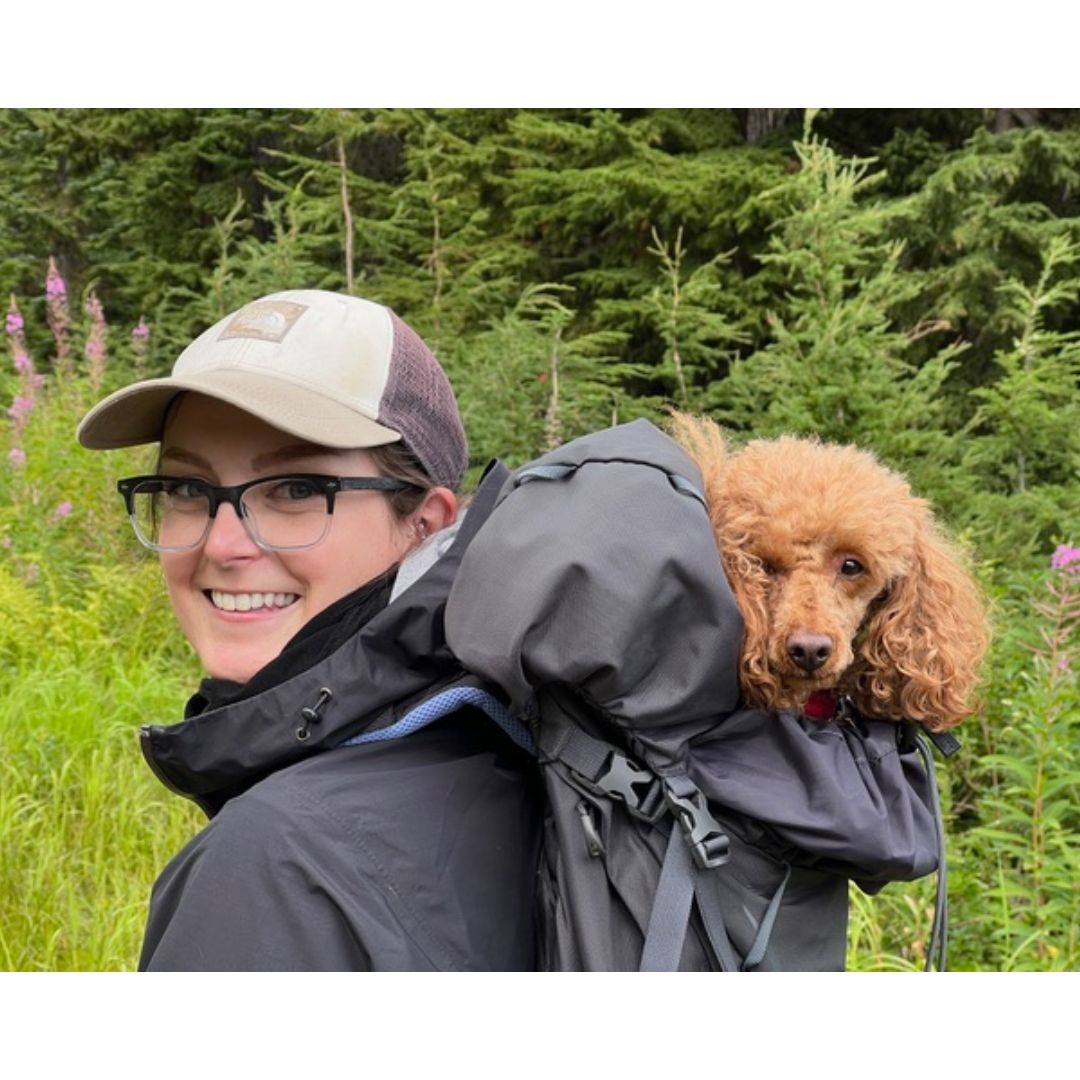
Allie Golt
Science Support
Email Allie
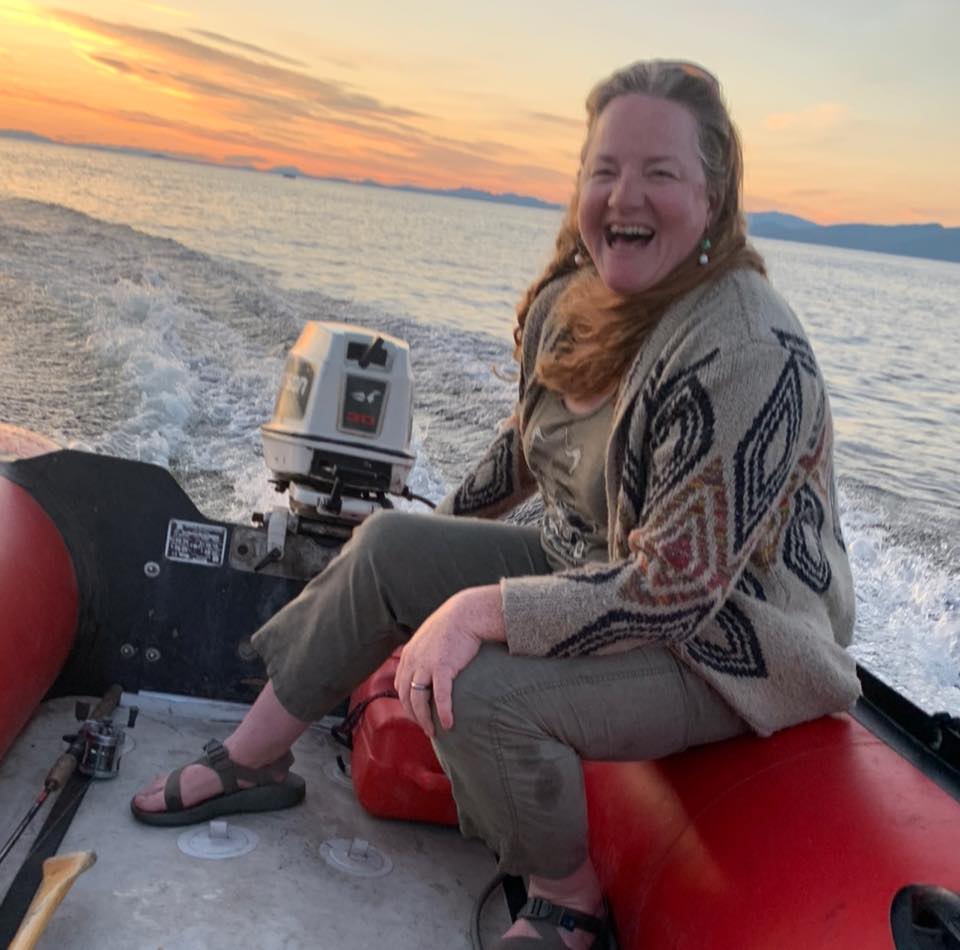
Shannon McPhail
Co-Executive Director
Shannon lives and works in the watershed and grew up on a working ranch, spending much of her youth fishing and hunting in the Skeena mountains with her family. She has worked as a white-water rafting guide, a big game hunting guide, a welder and a nutritionist at a women’s health center after her education in the field of chemical technology. Shannon’s diverse background allows her to understand and relate to people within the watershed that have a variety of opinions and concerns. It is important to Shannon that all voices are heard when decisions are being made regarding the future of this unique place. Her commitment is so strong that she spent 7 years working for the SWCC as a volunteer. Shannon is a mother of two. While motherhood certainly keeps her busy, it hasn’t slowed her down or prevented her from working to keep our Sacred Headwaters free of coalbed methane and our Skeena River wild.
Email Shannon
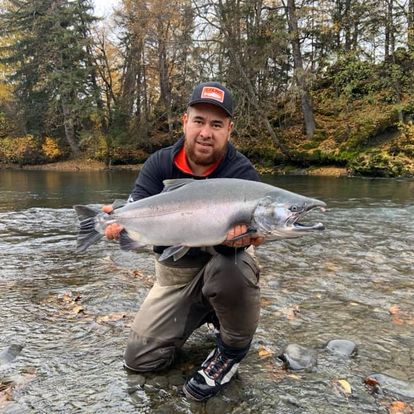
Jesse Stoeppler
Co-Executive Director
Email Jesse
